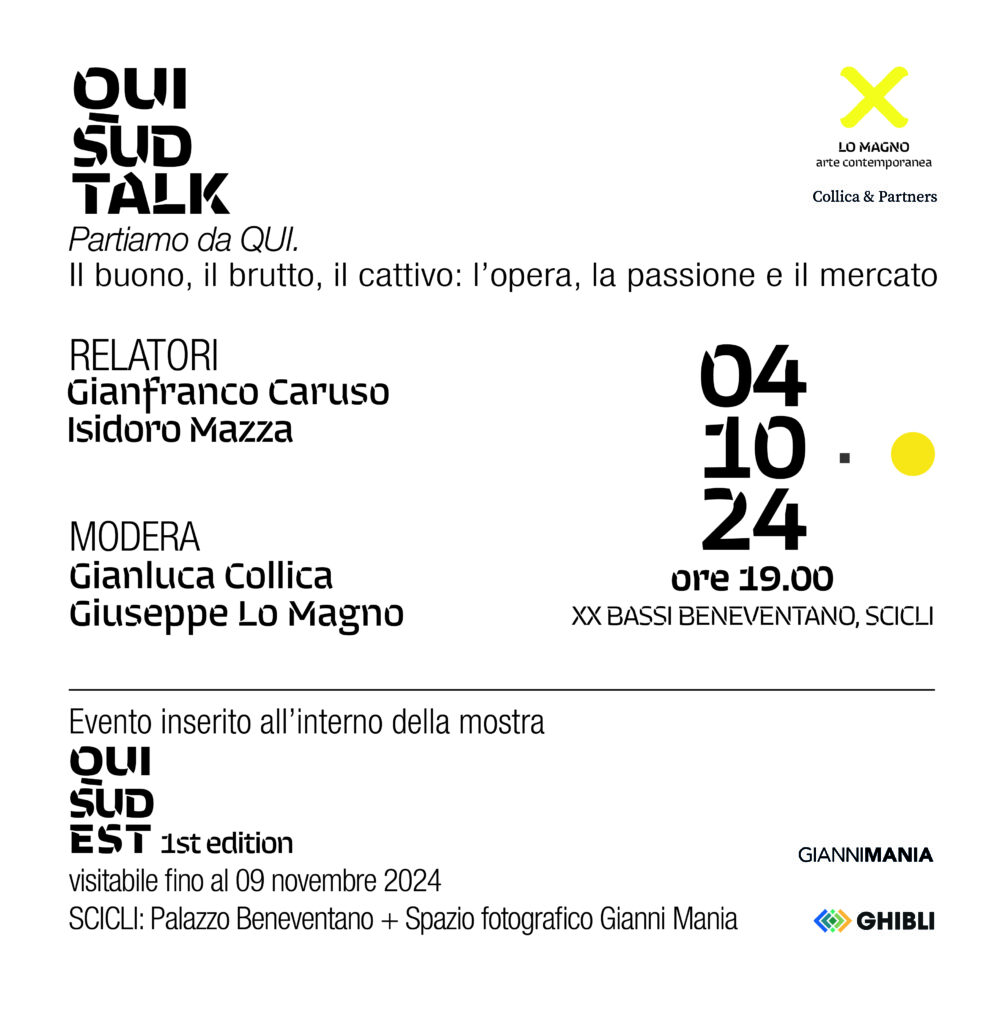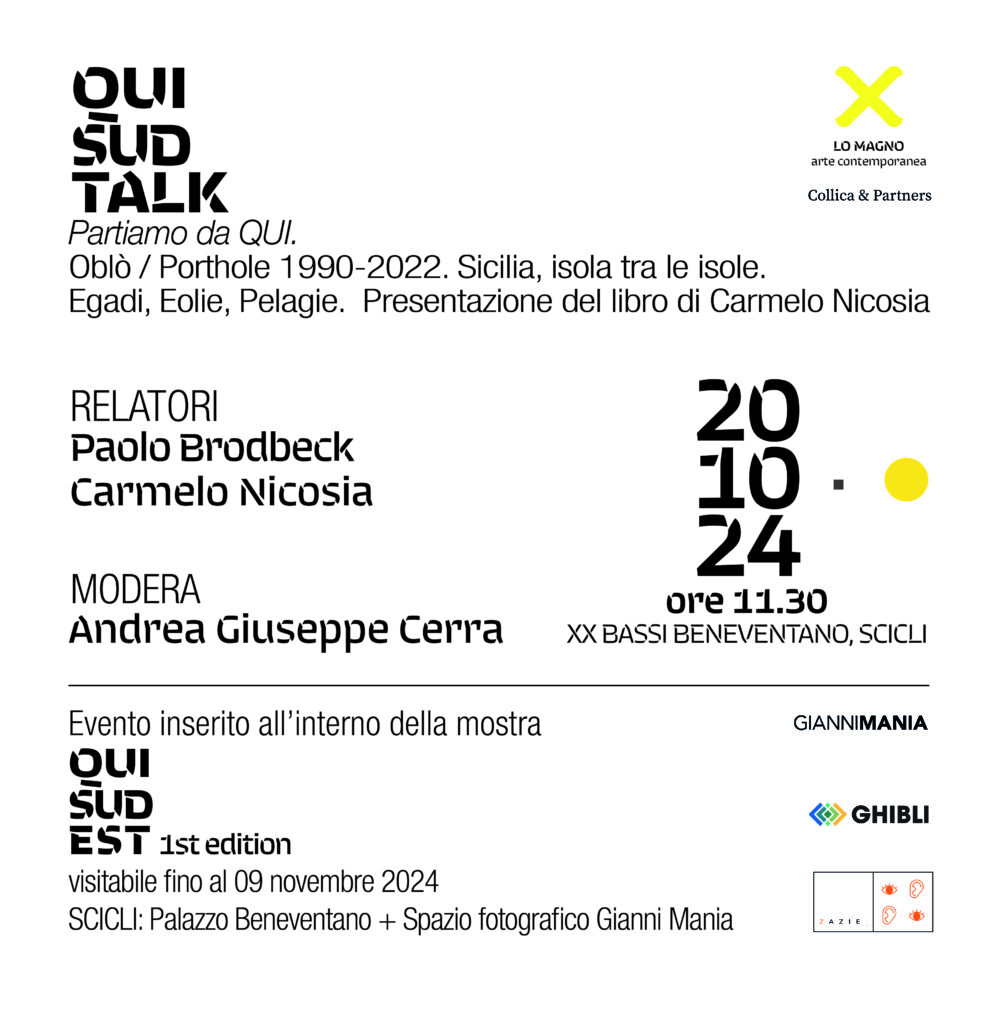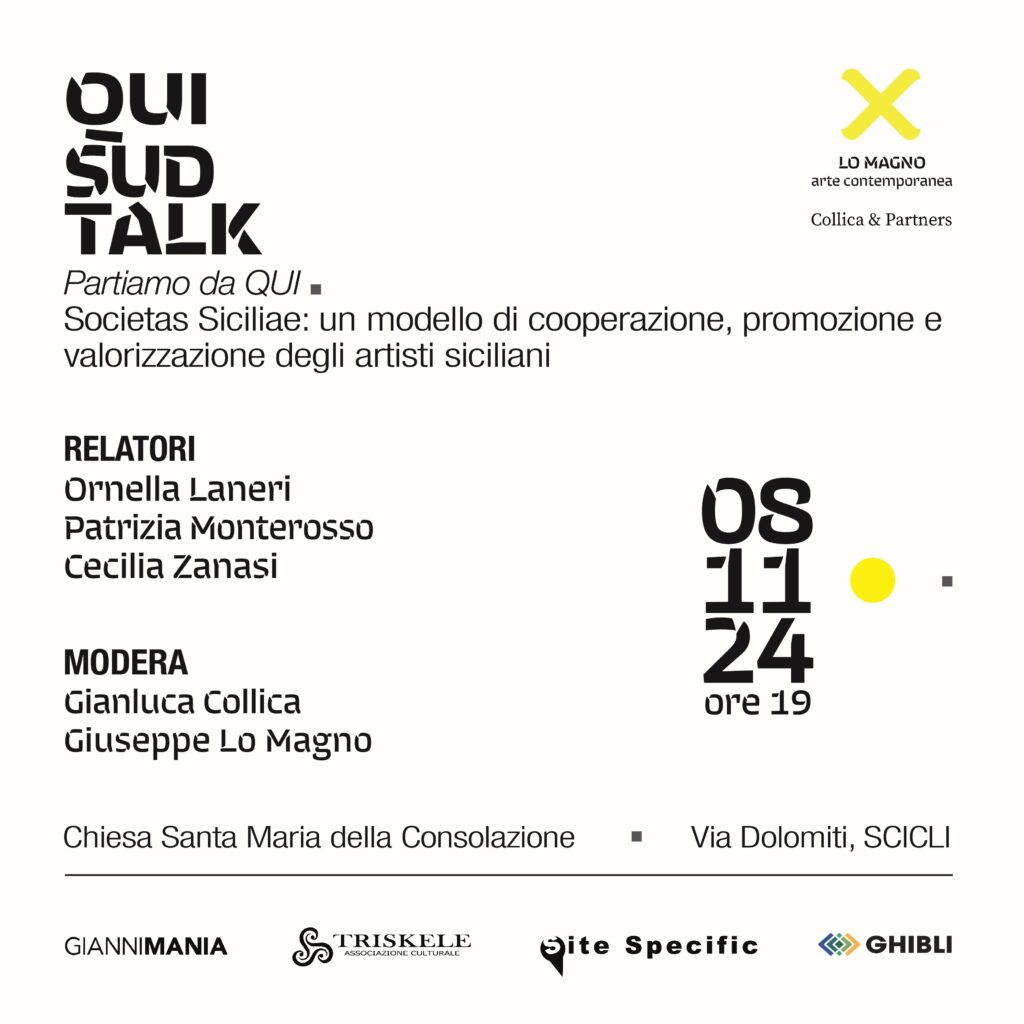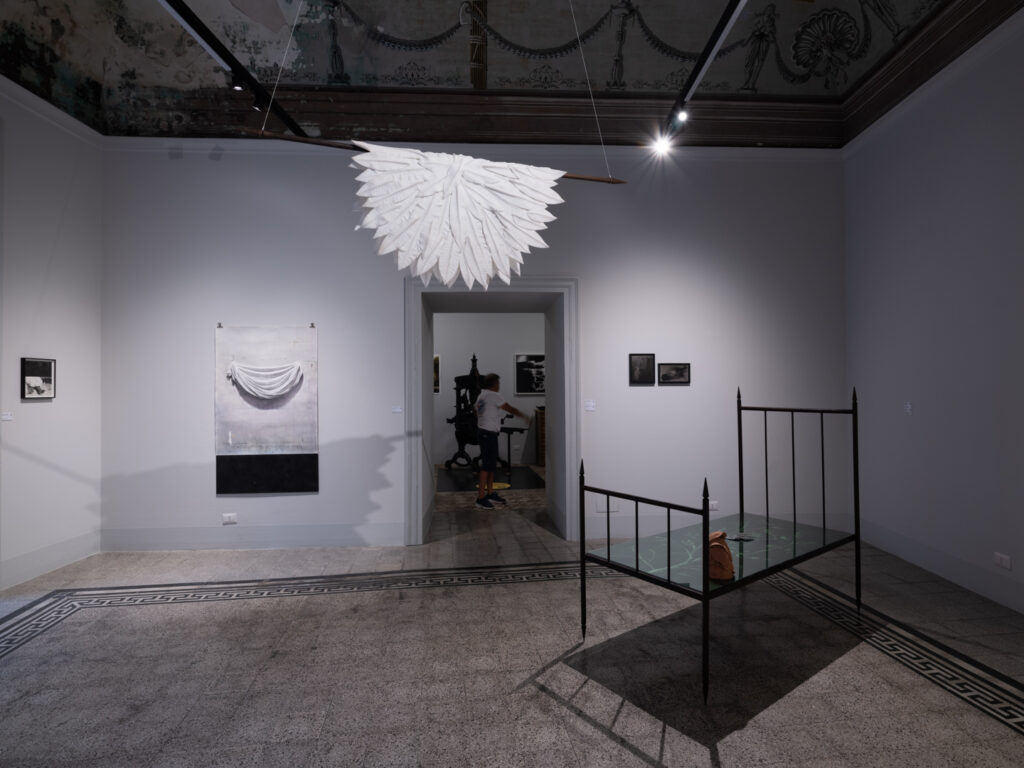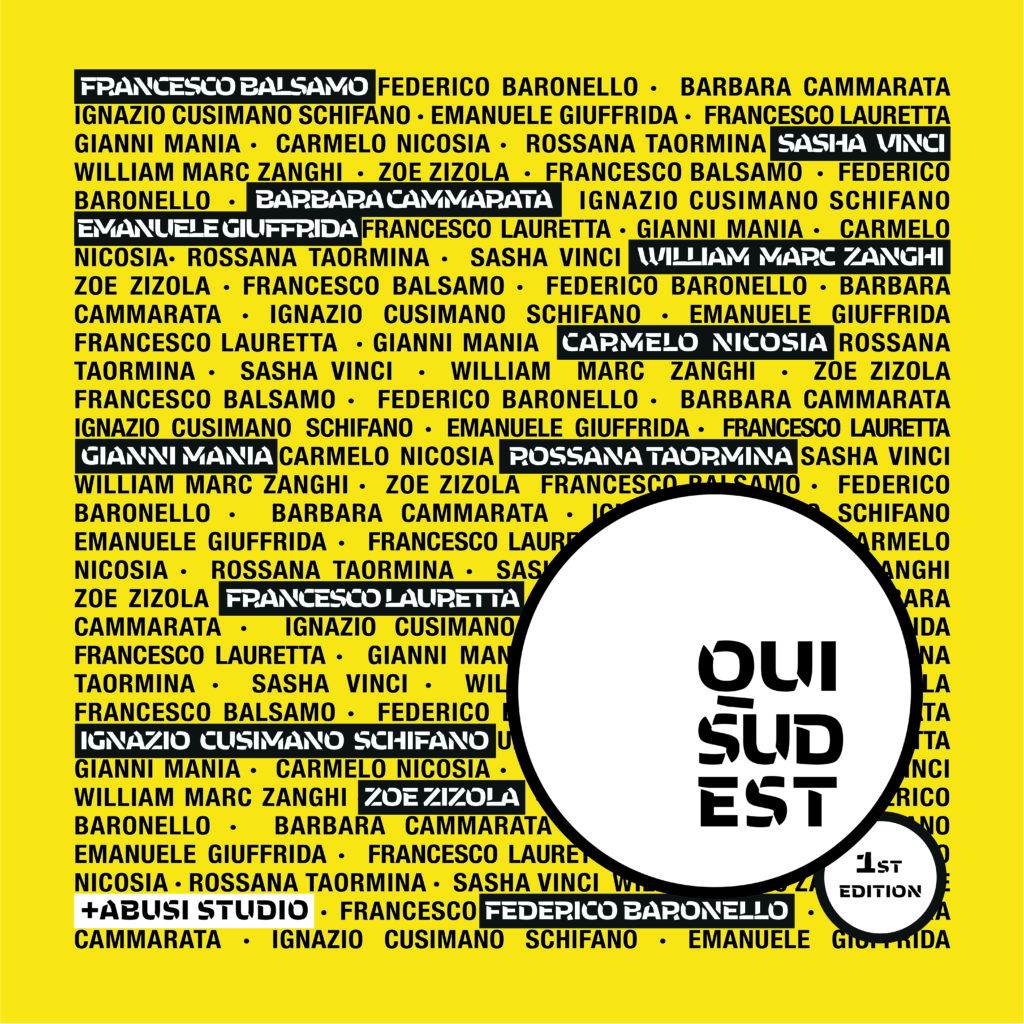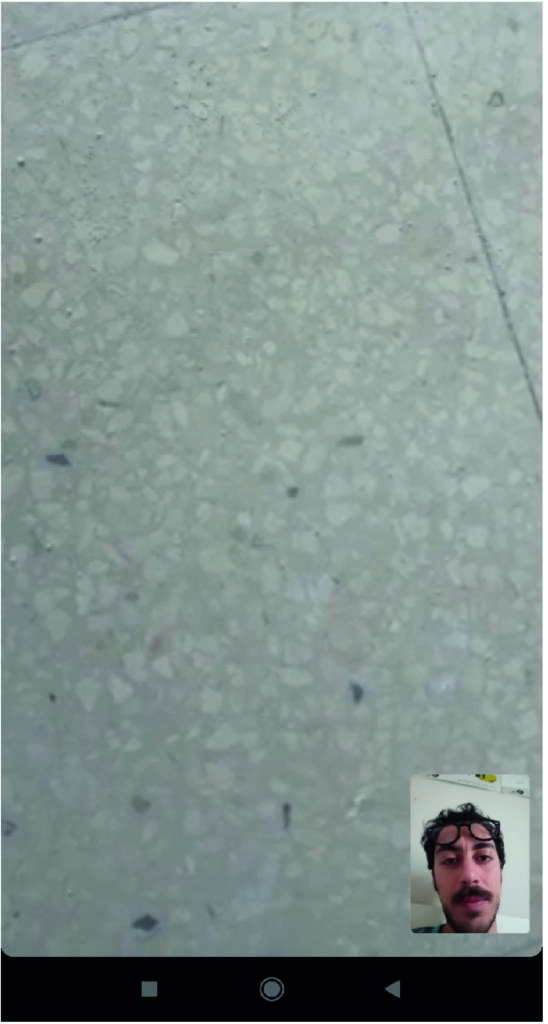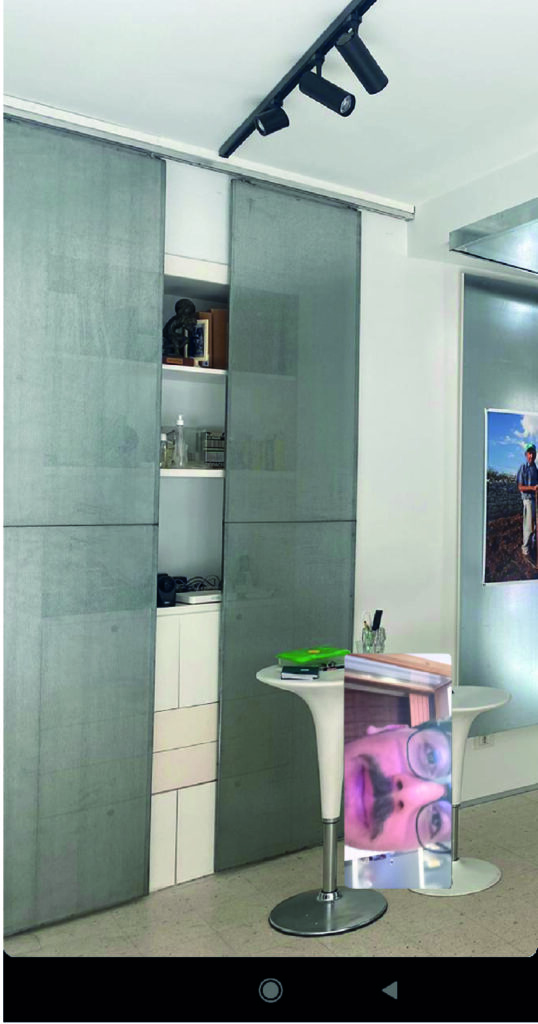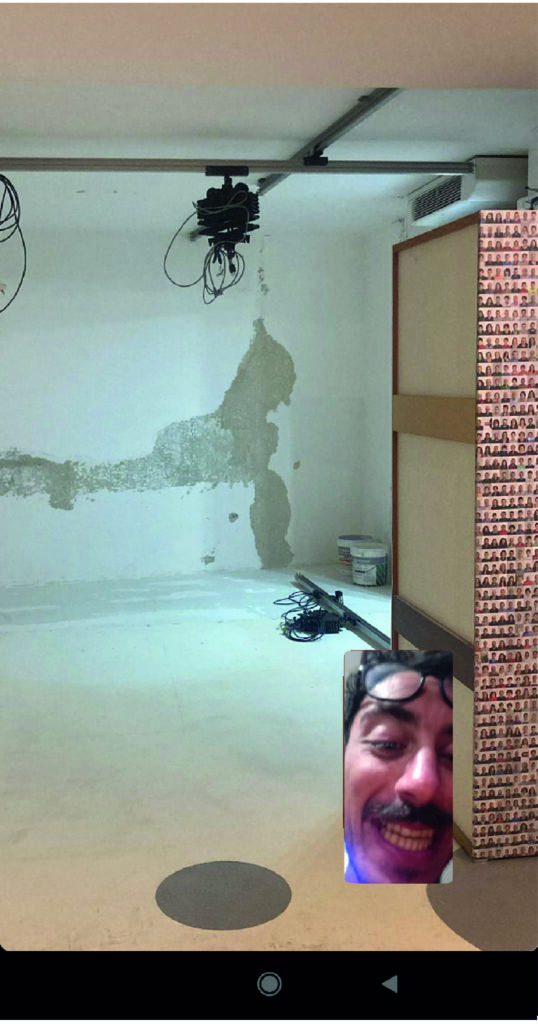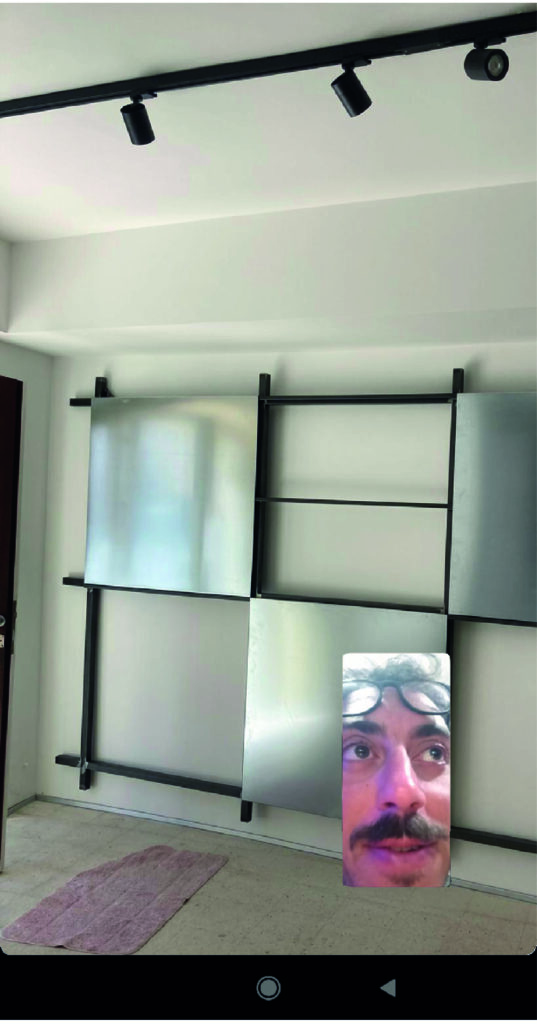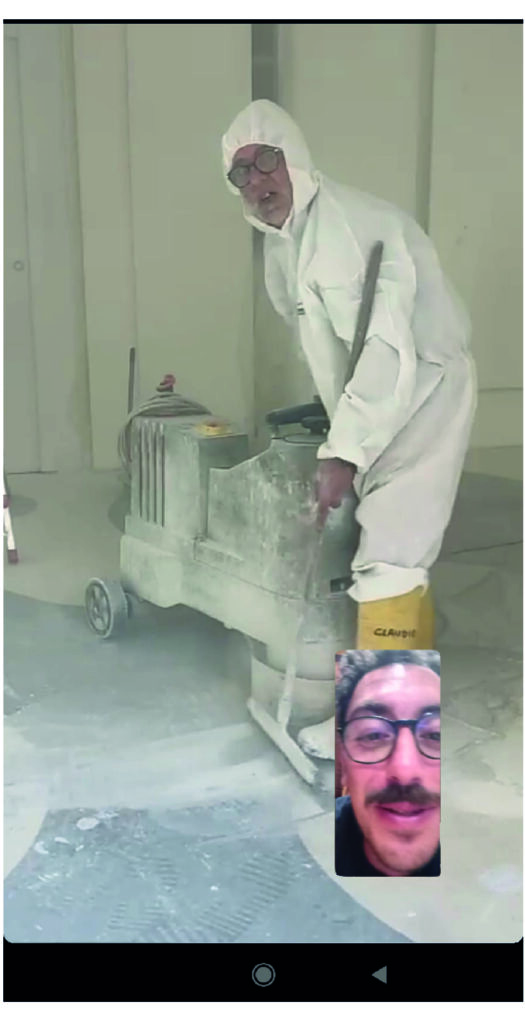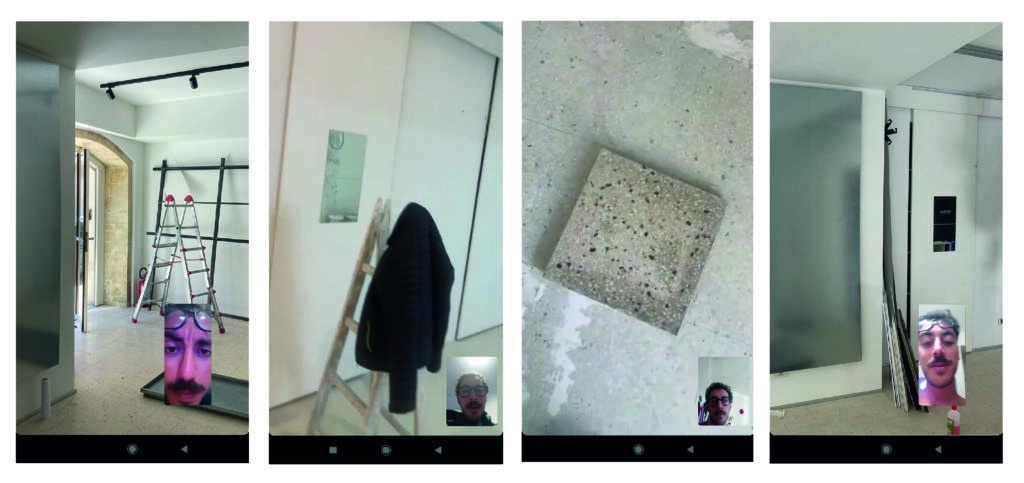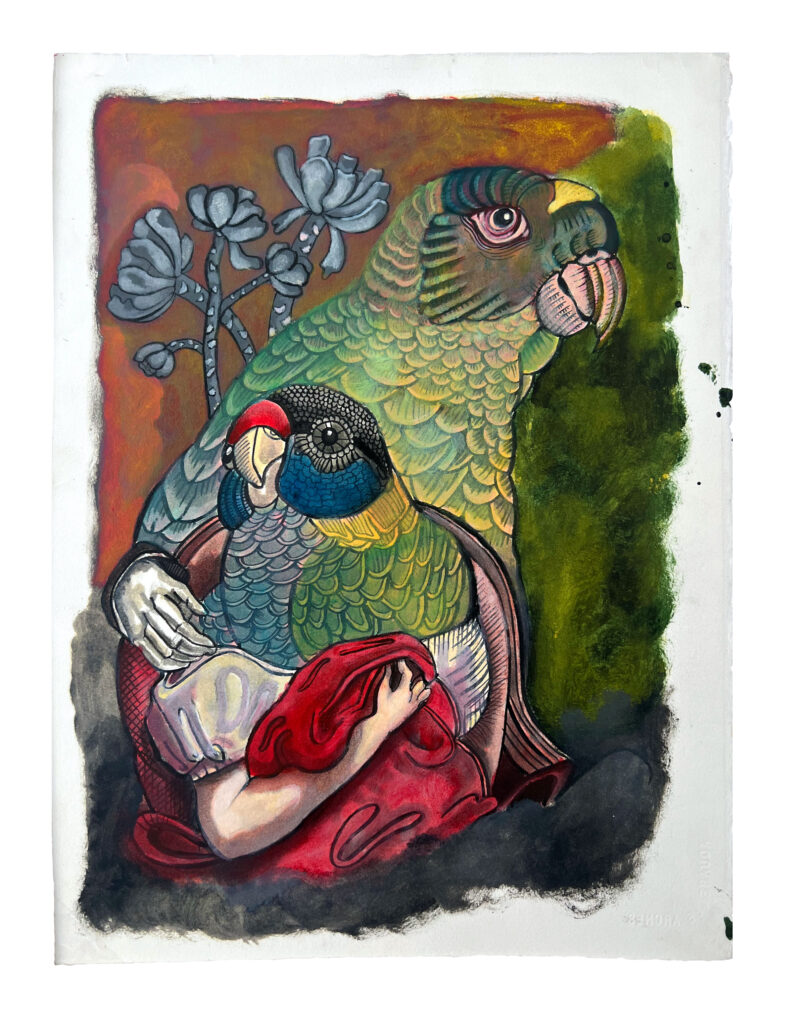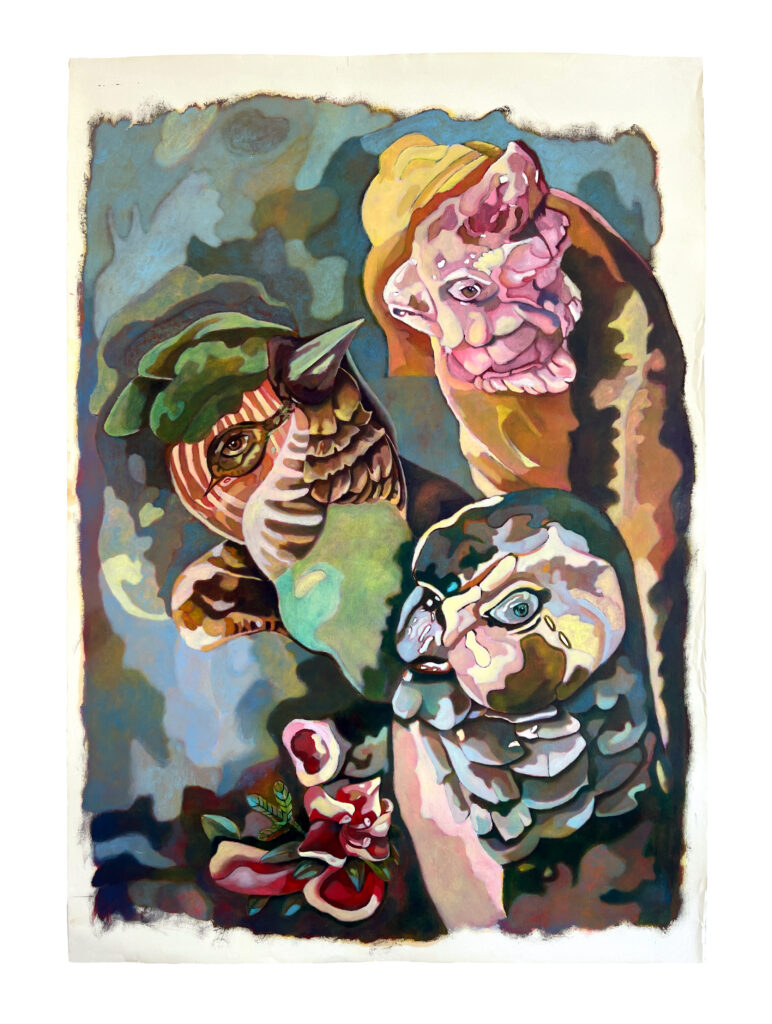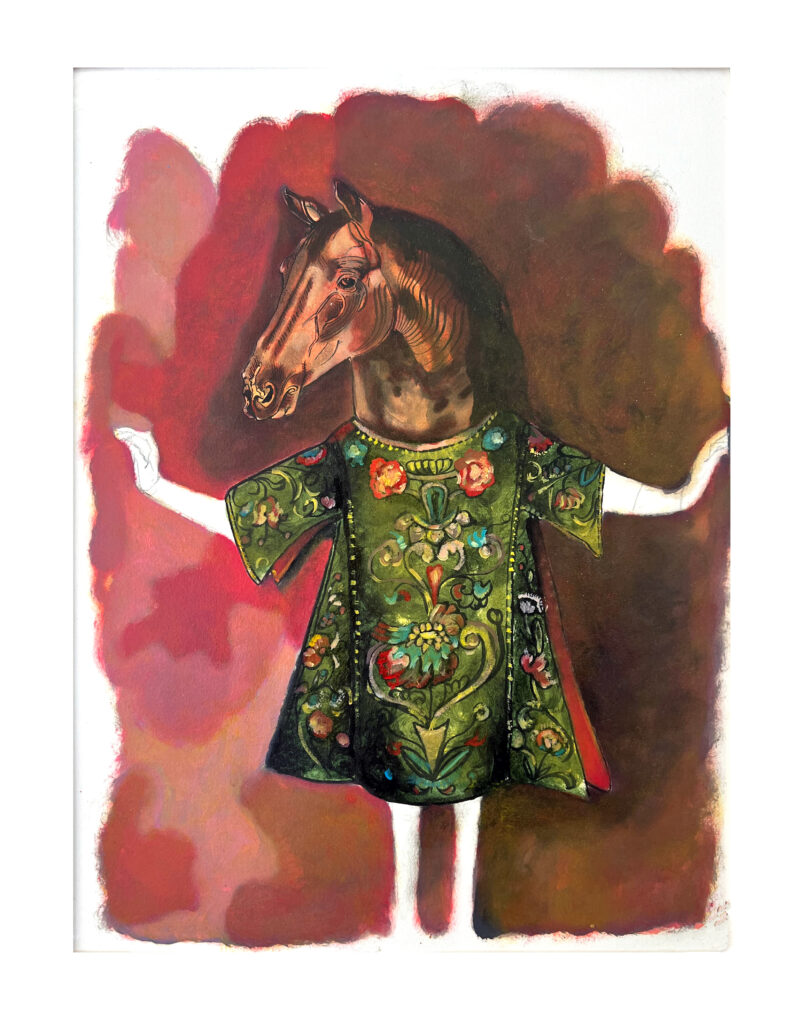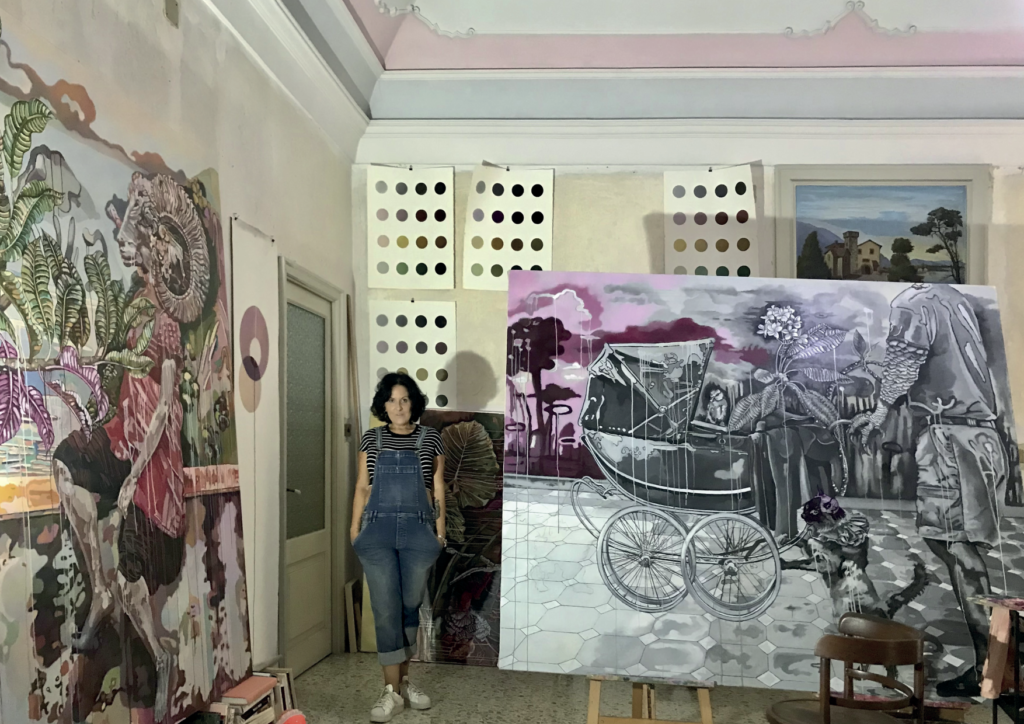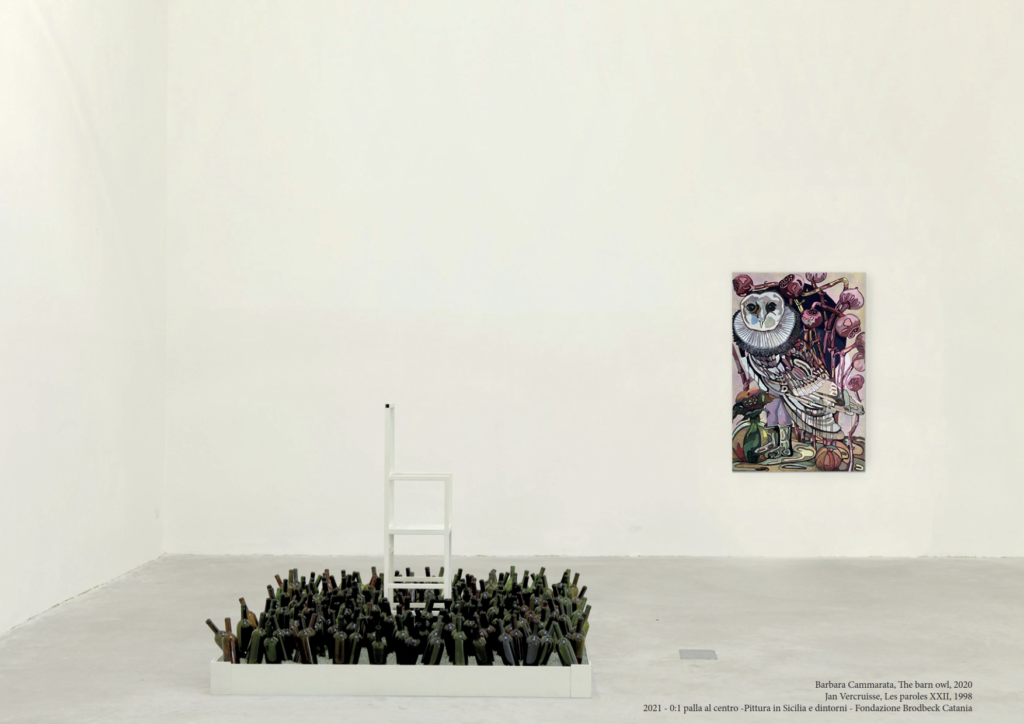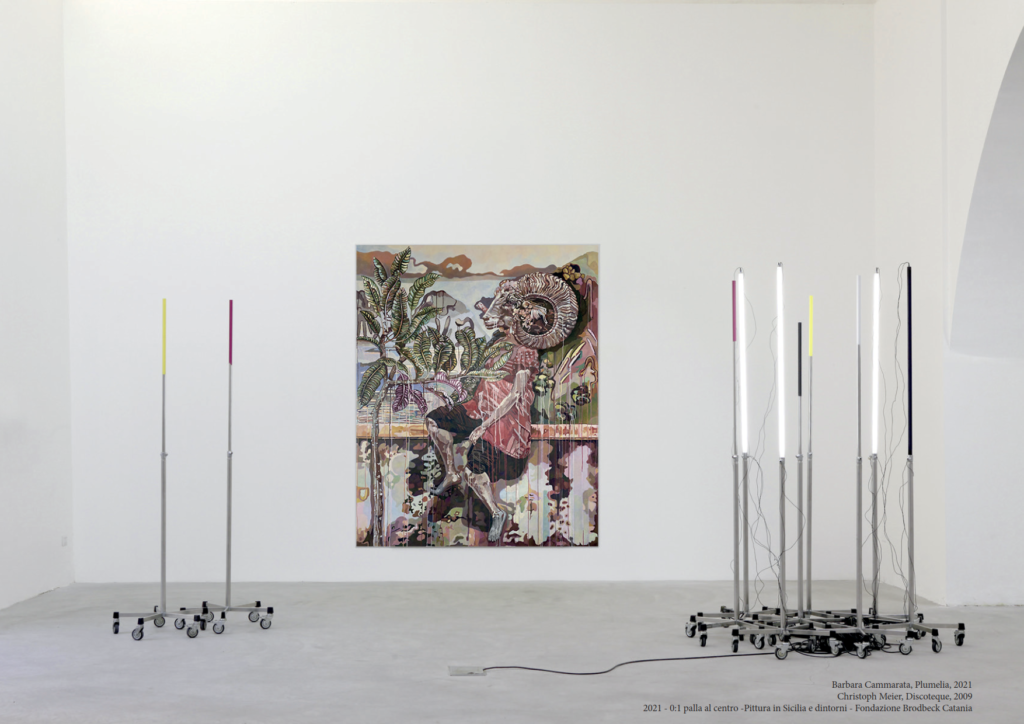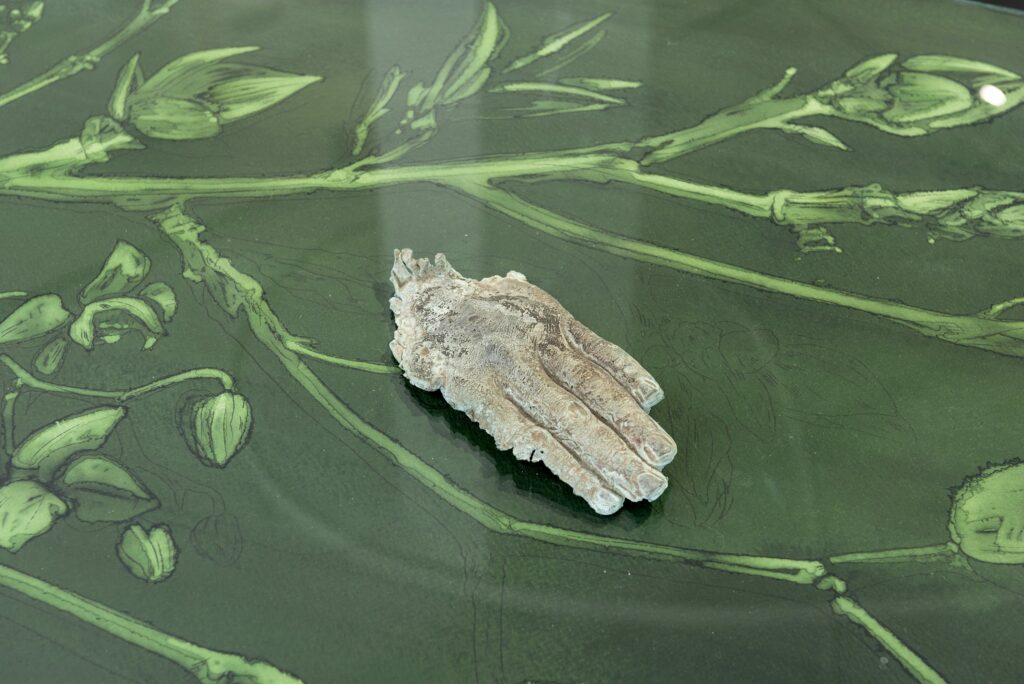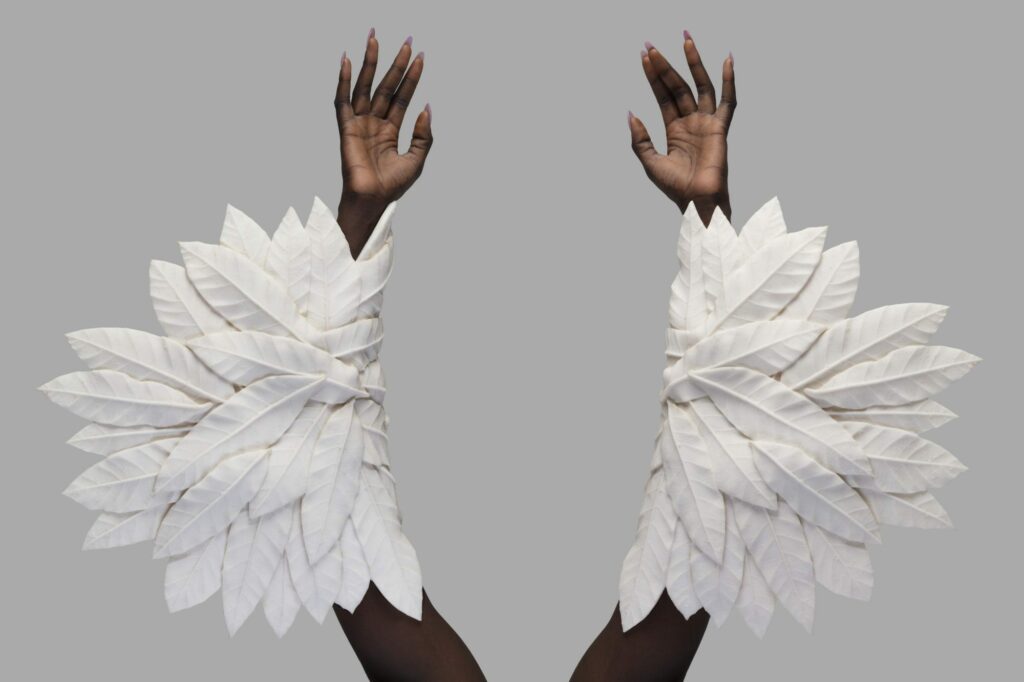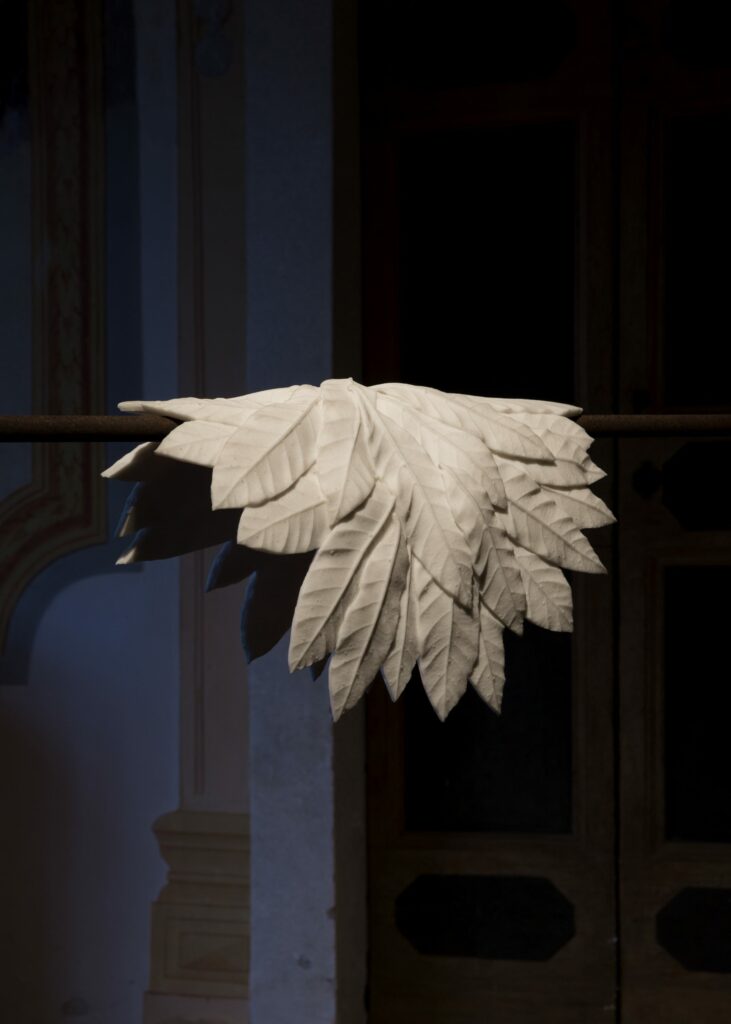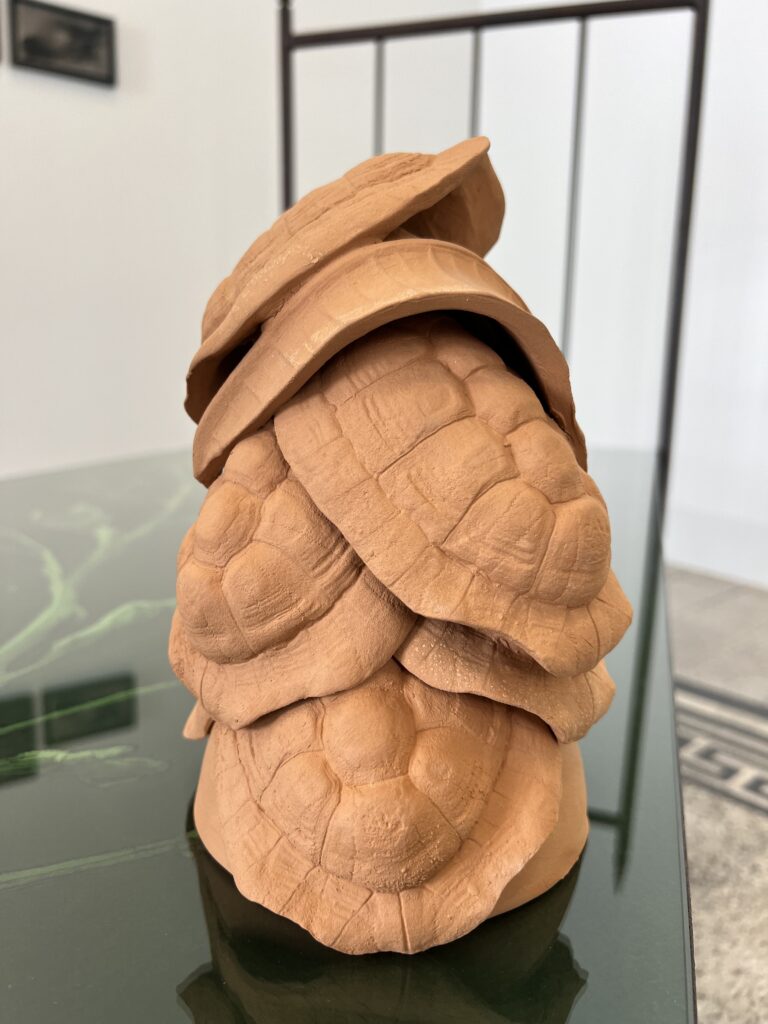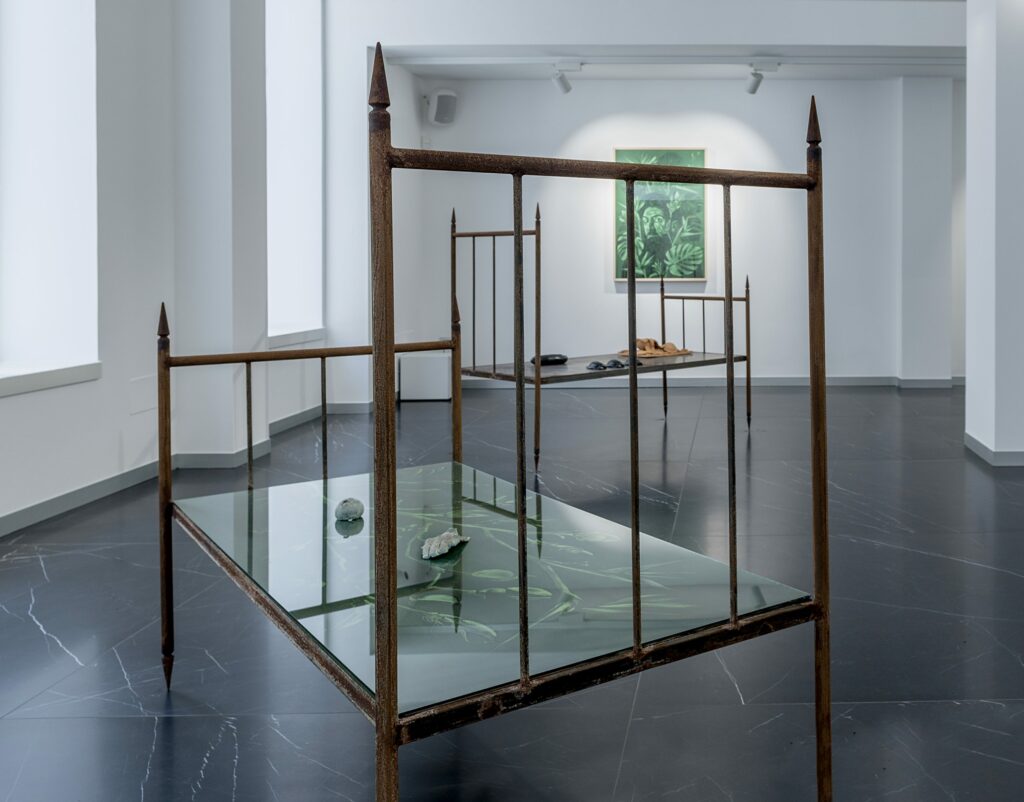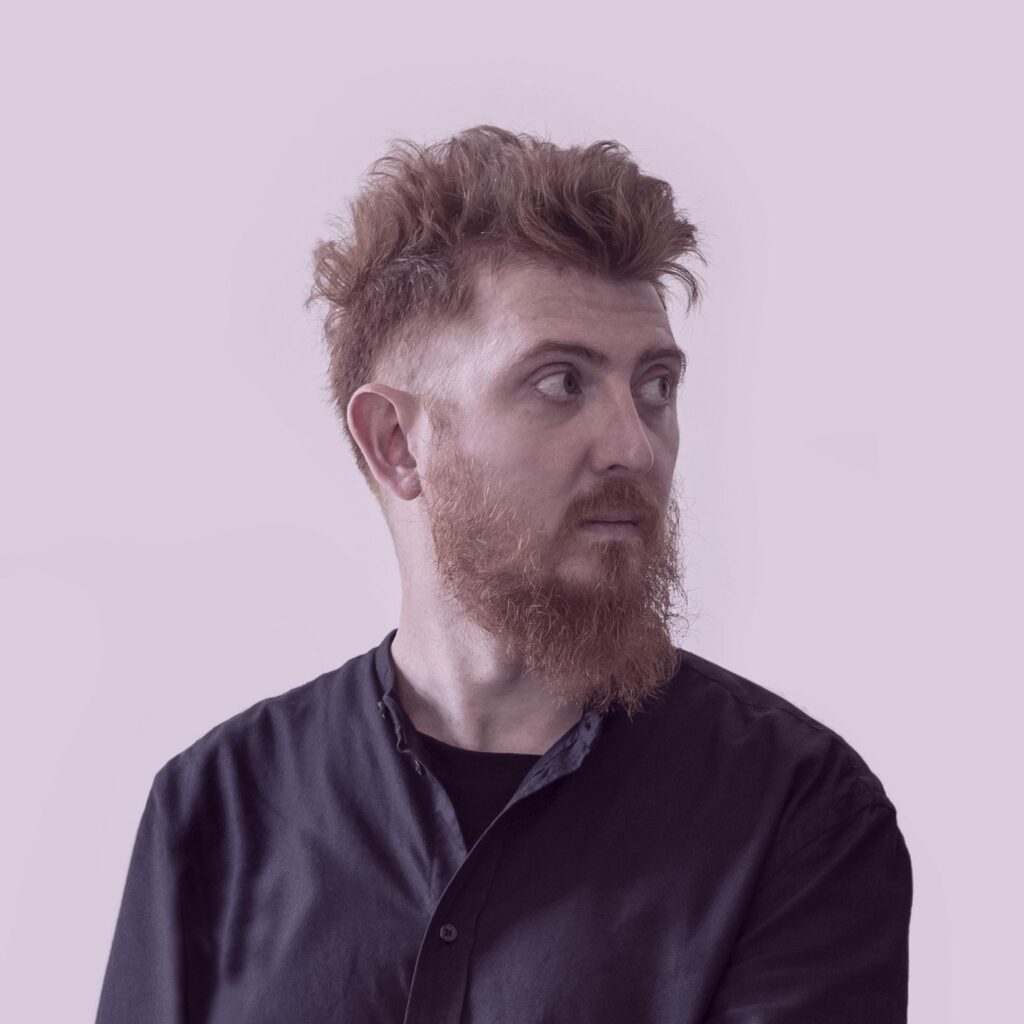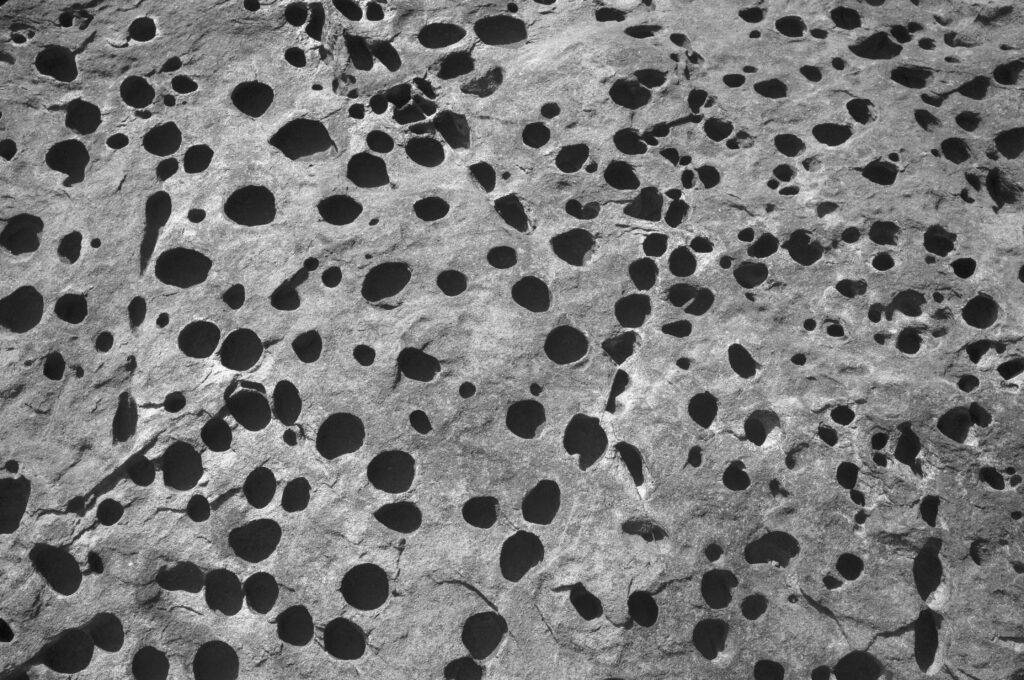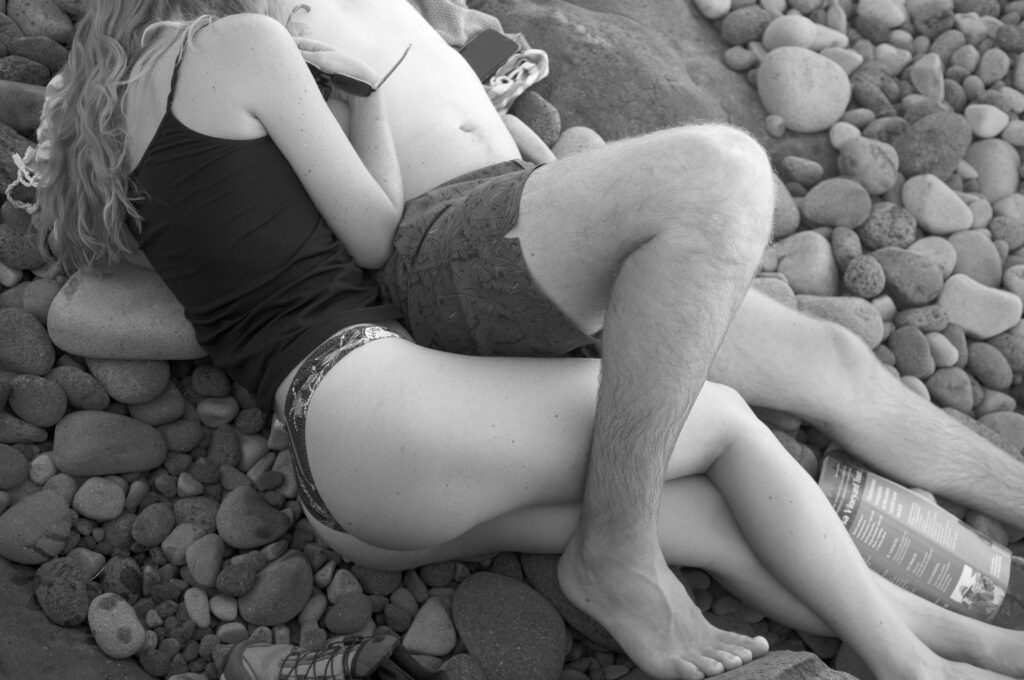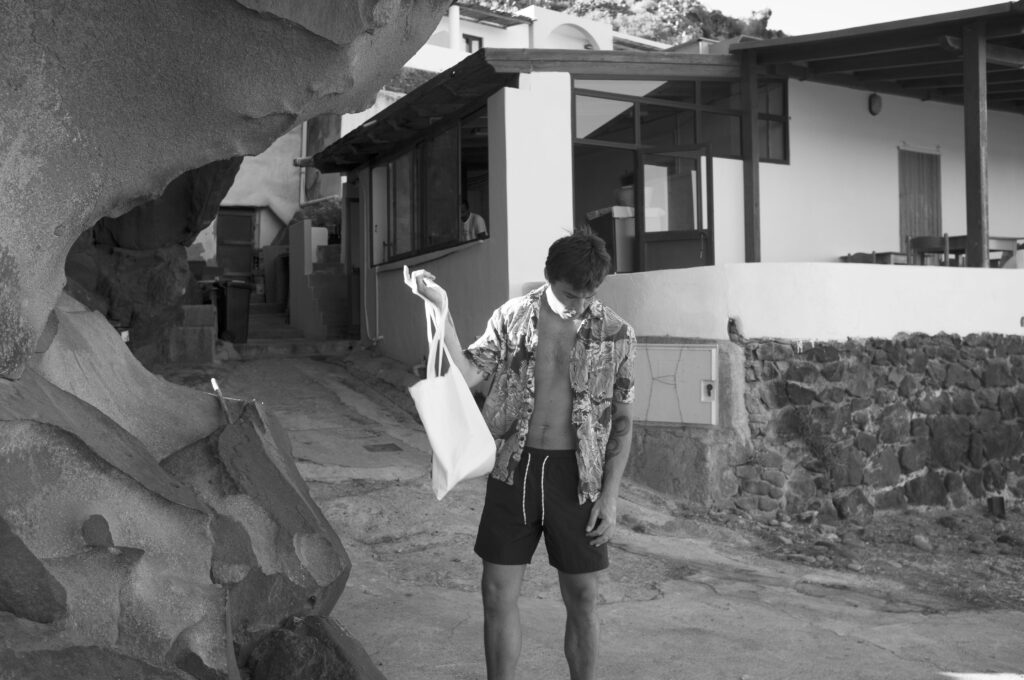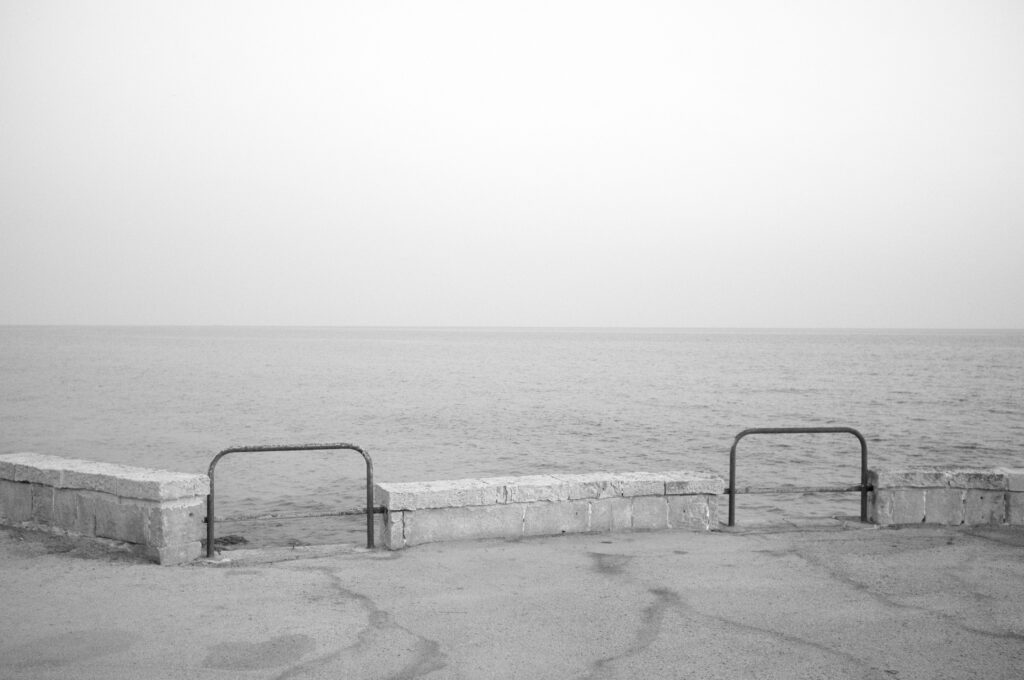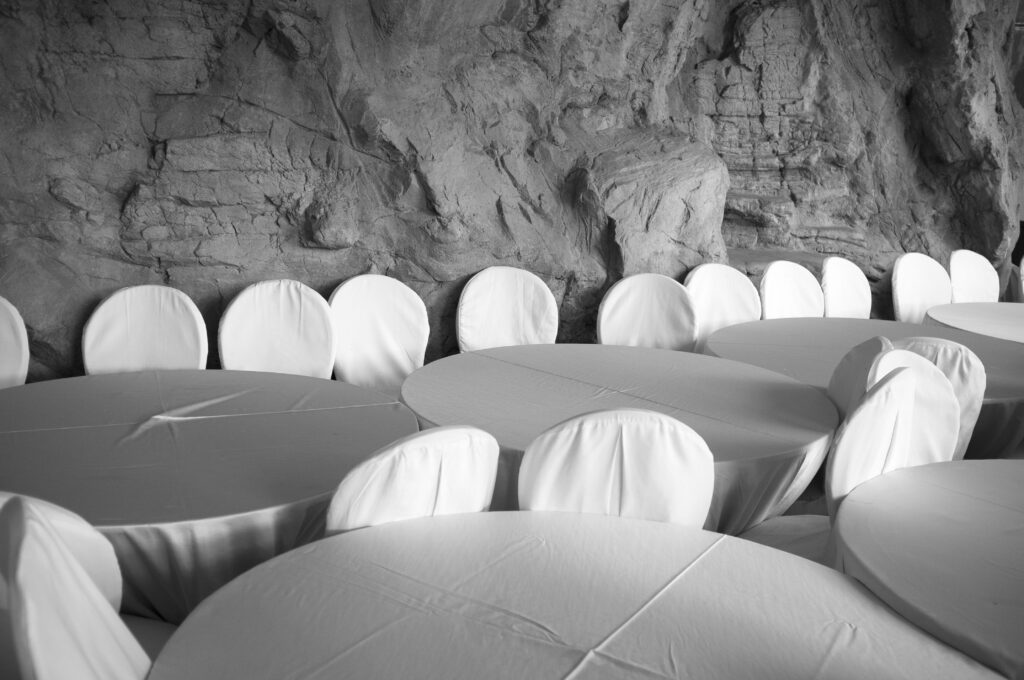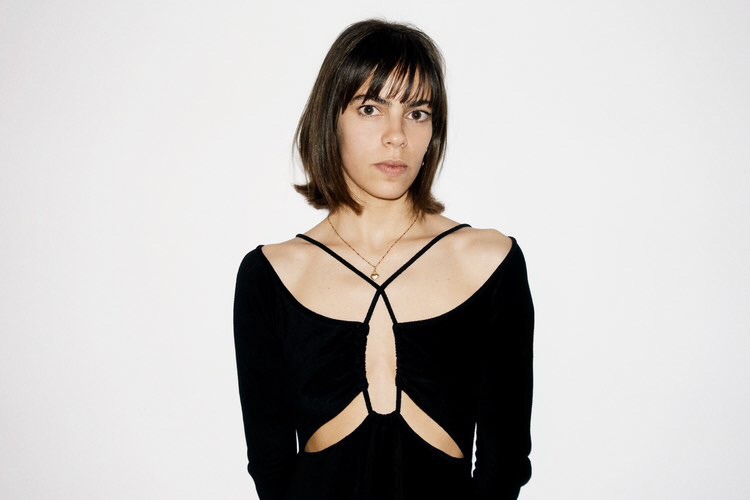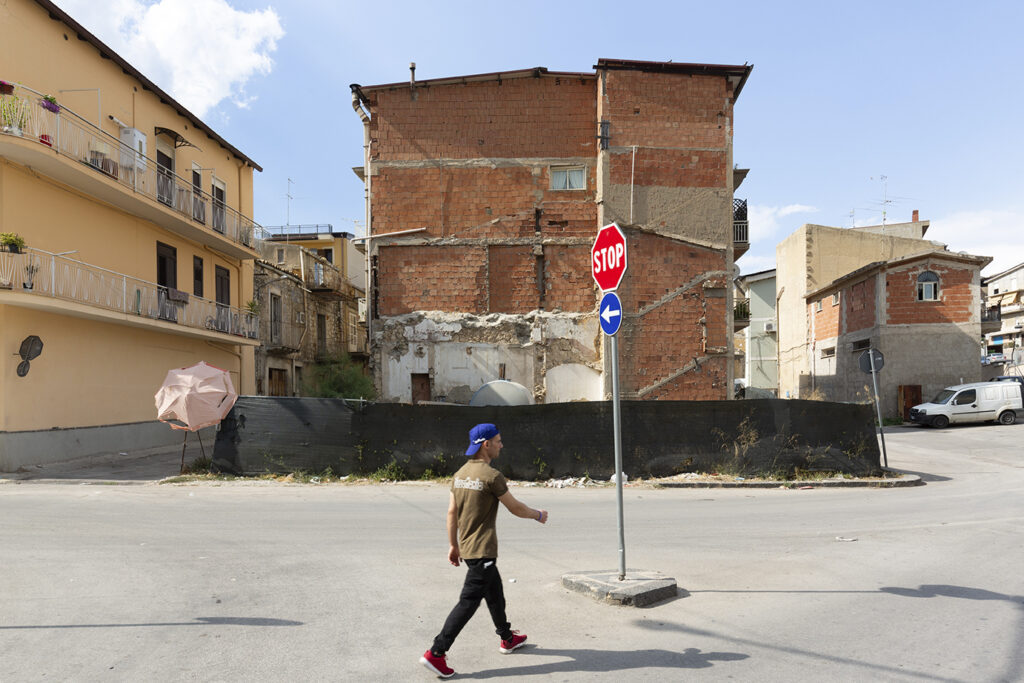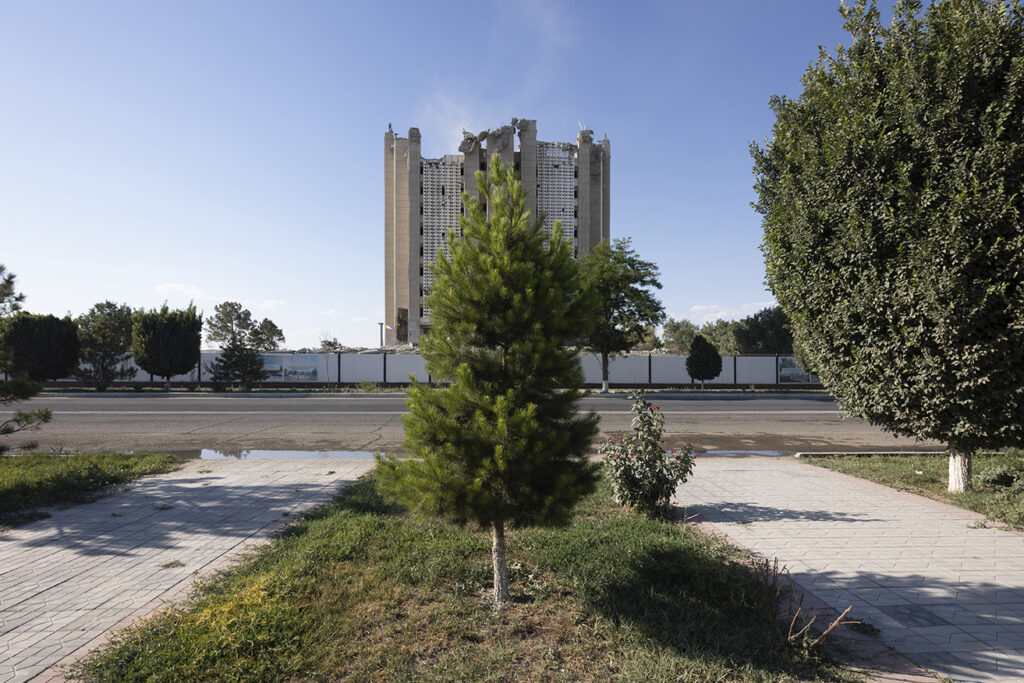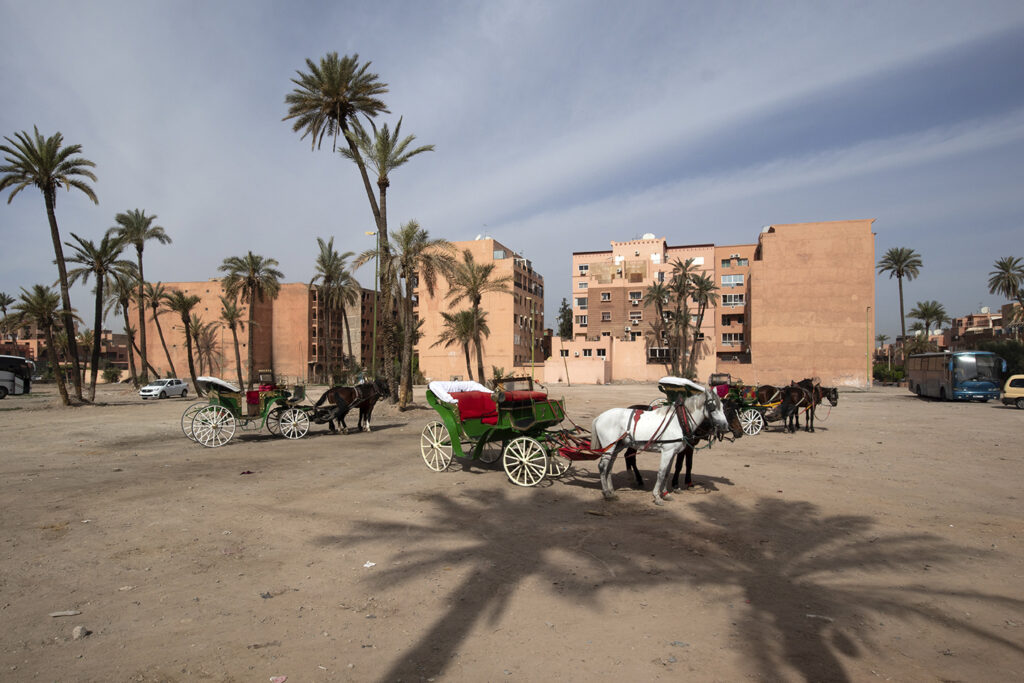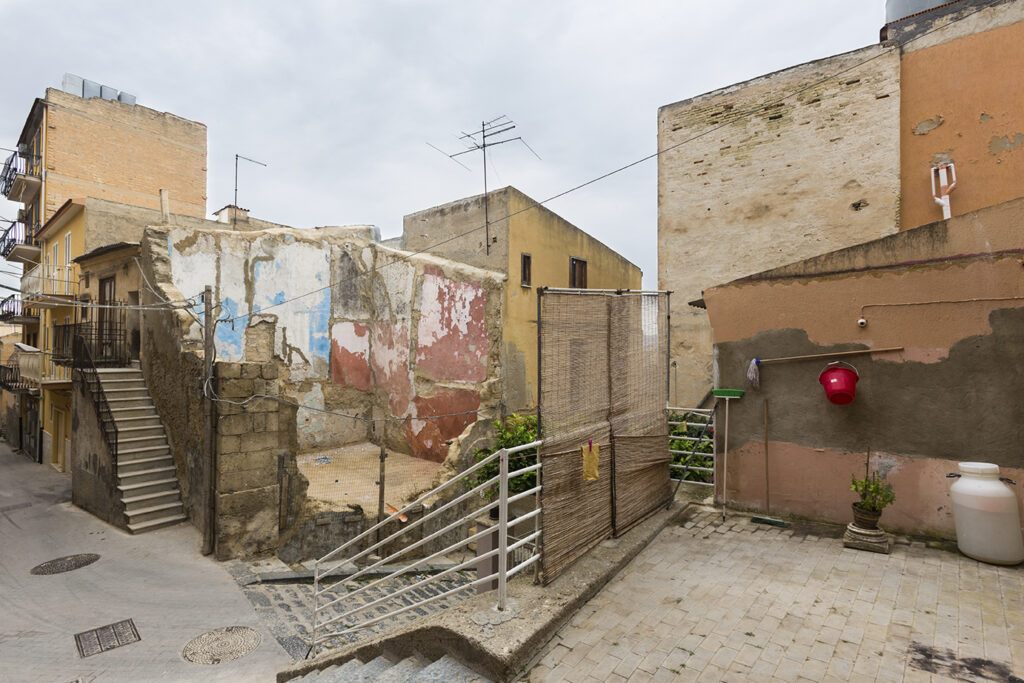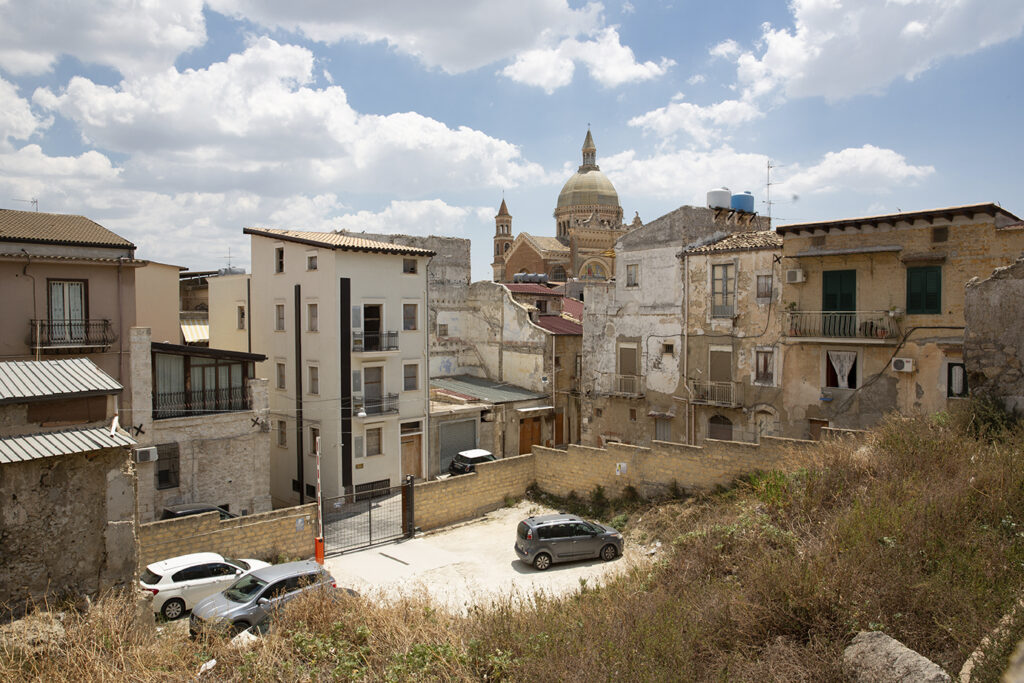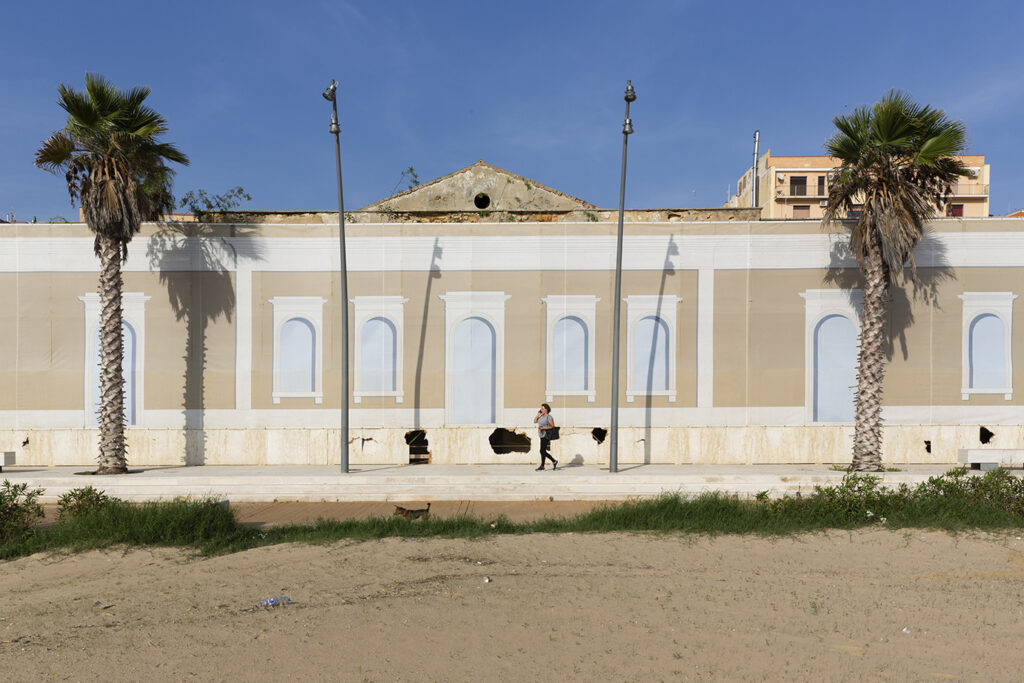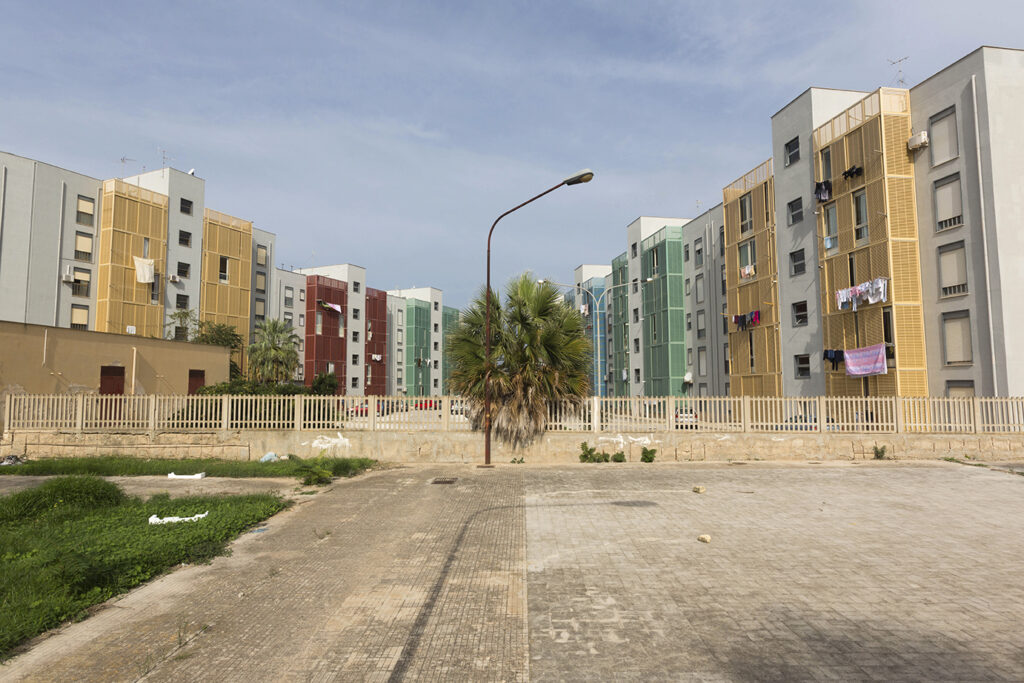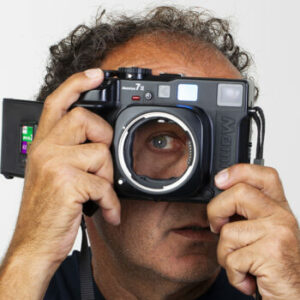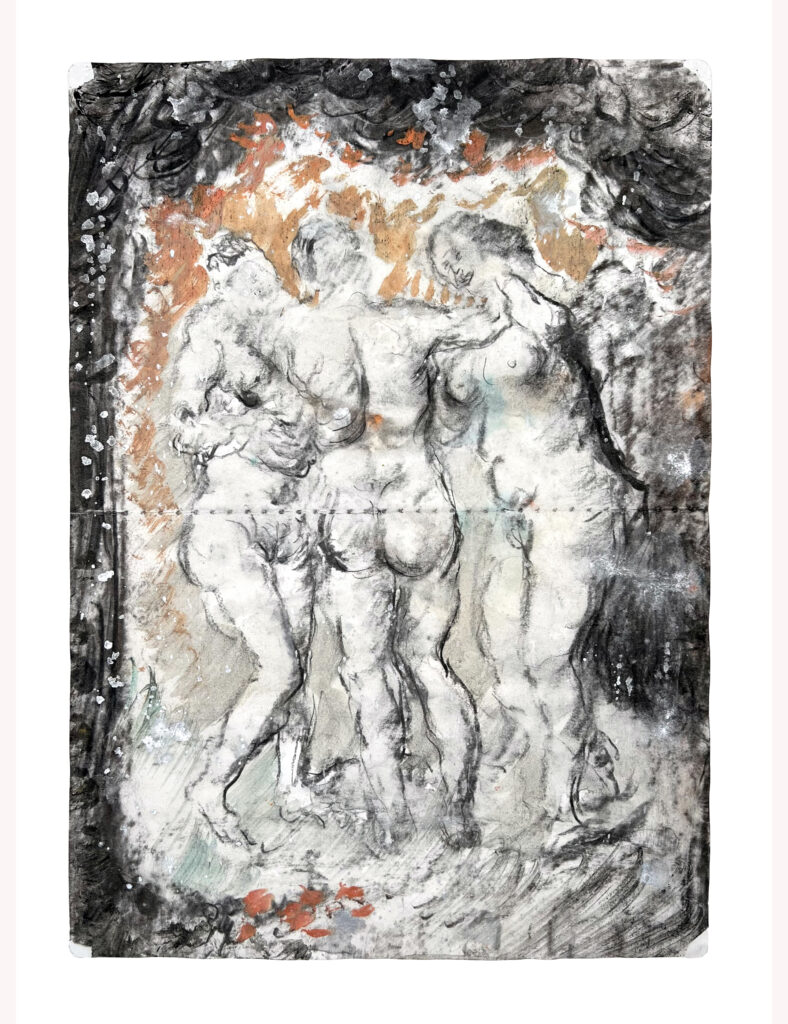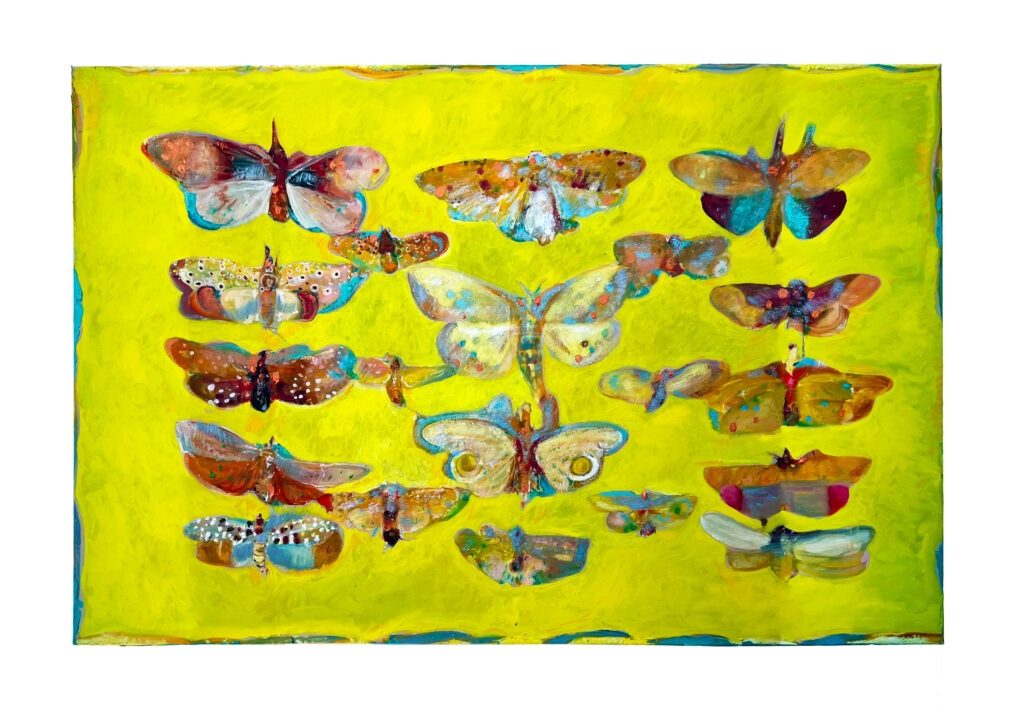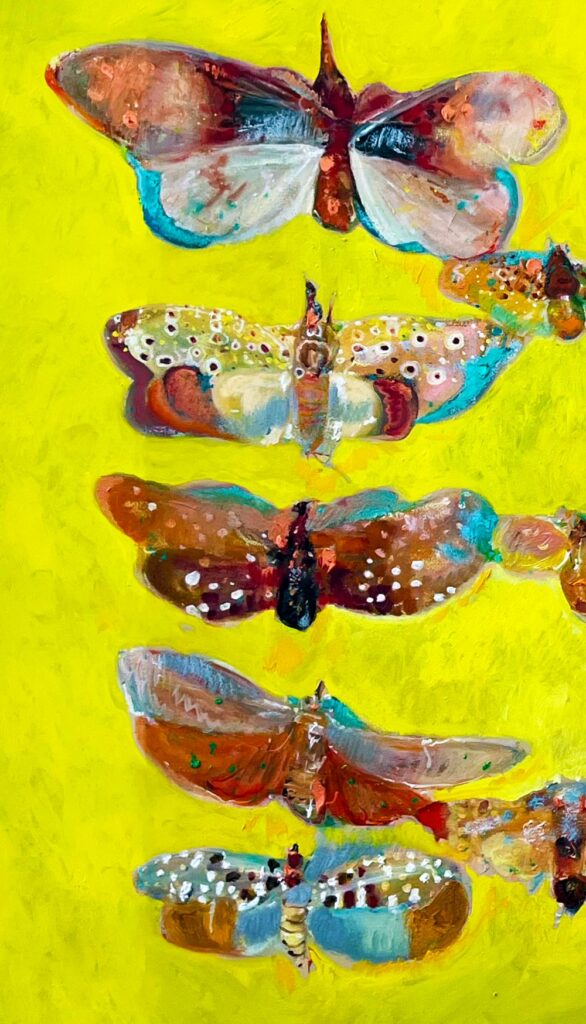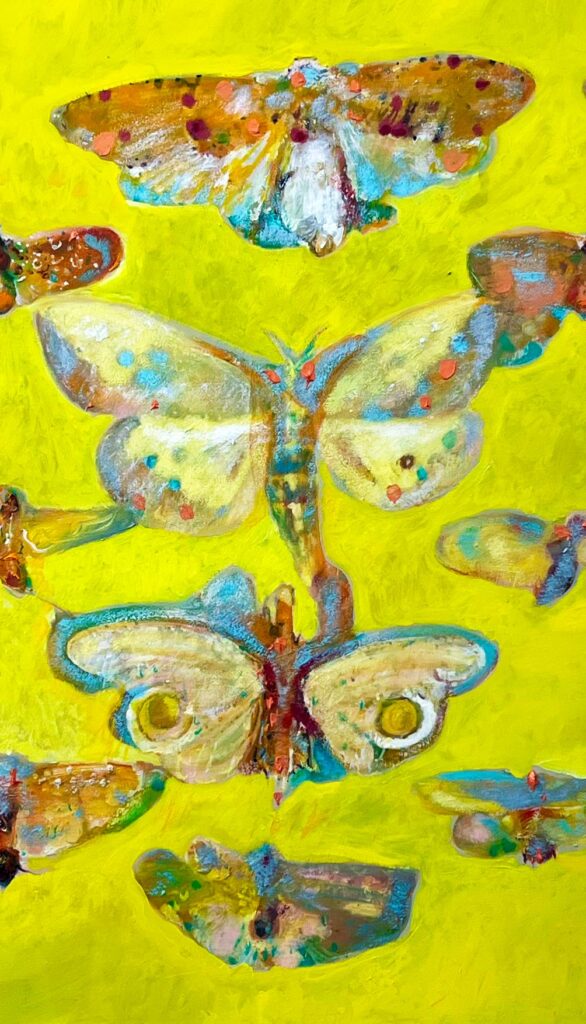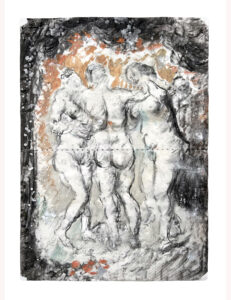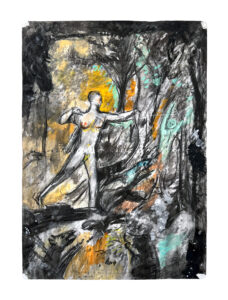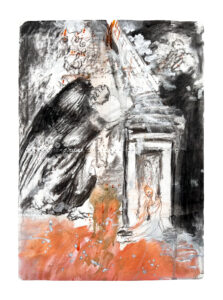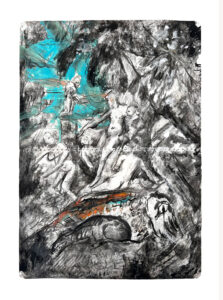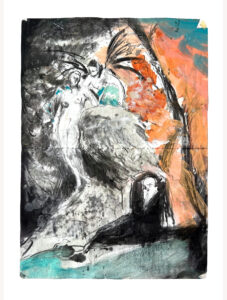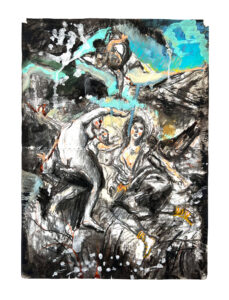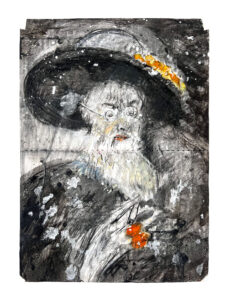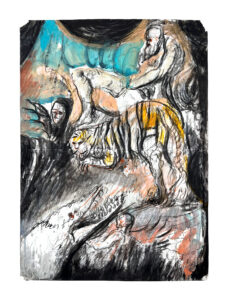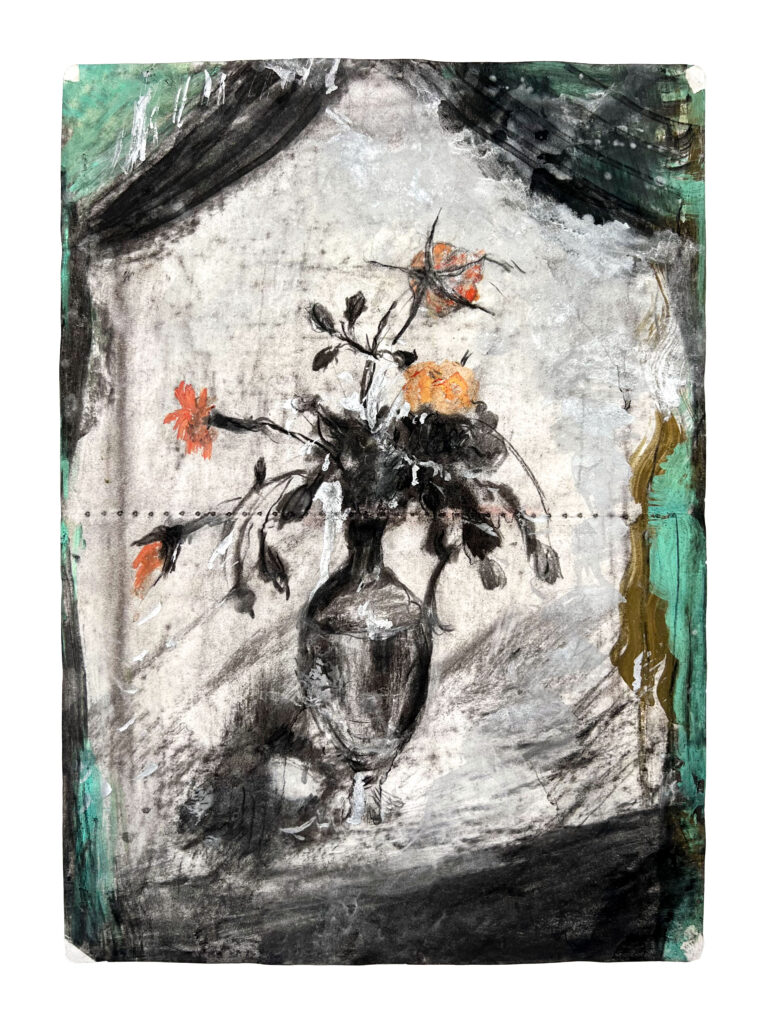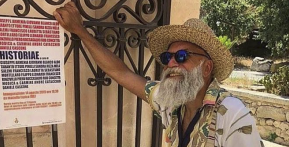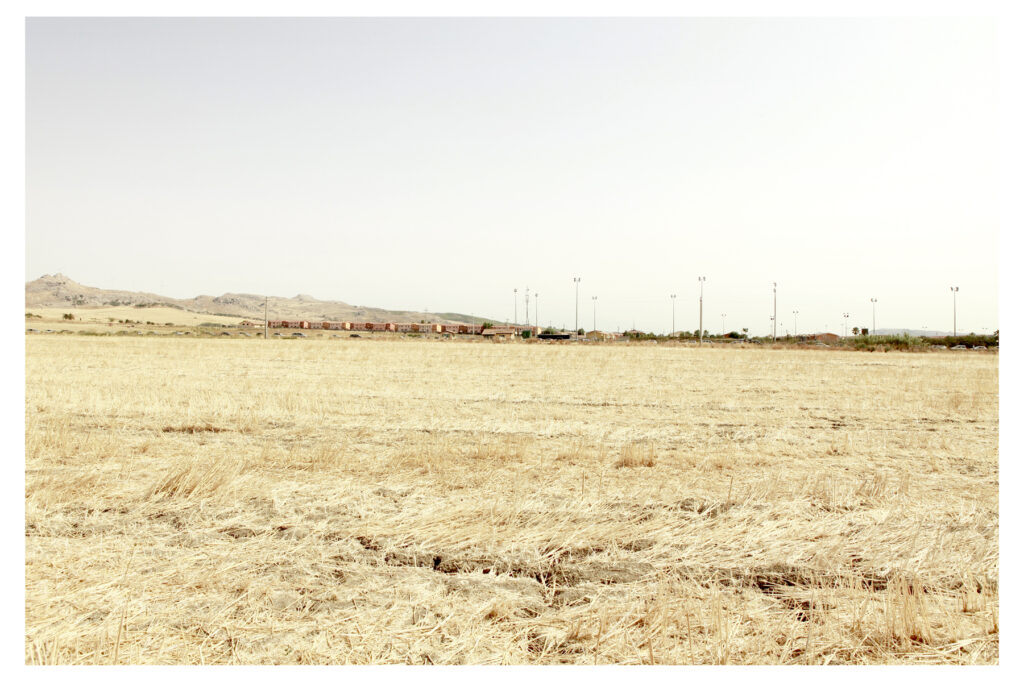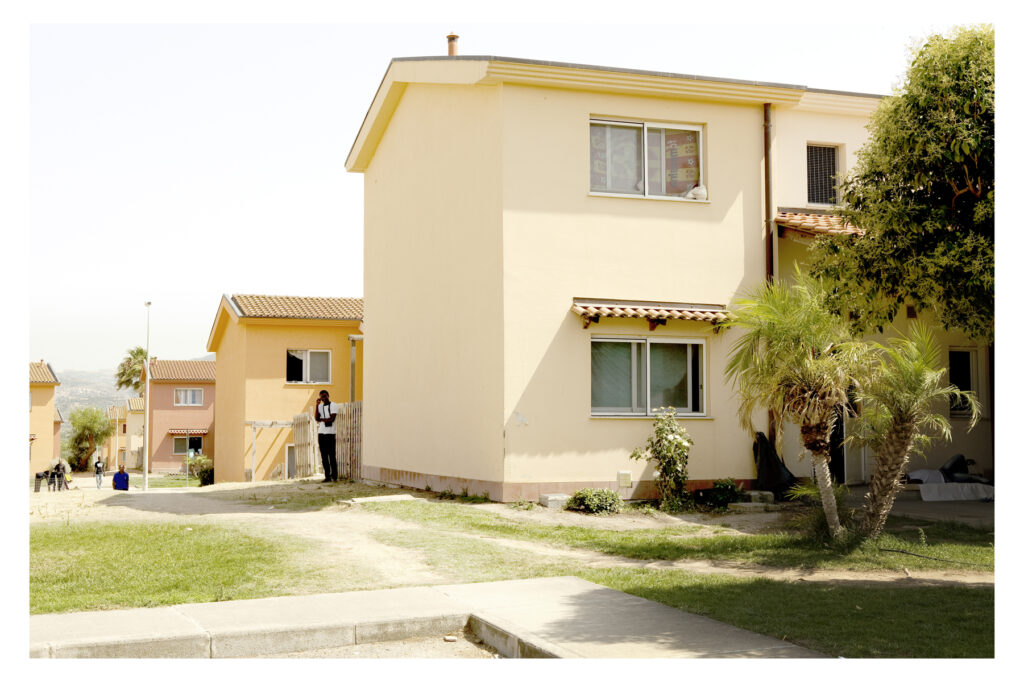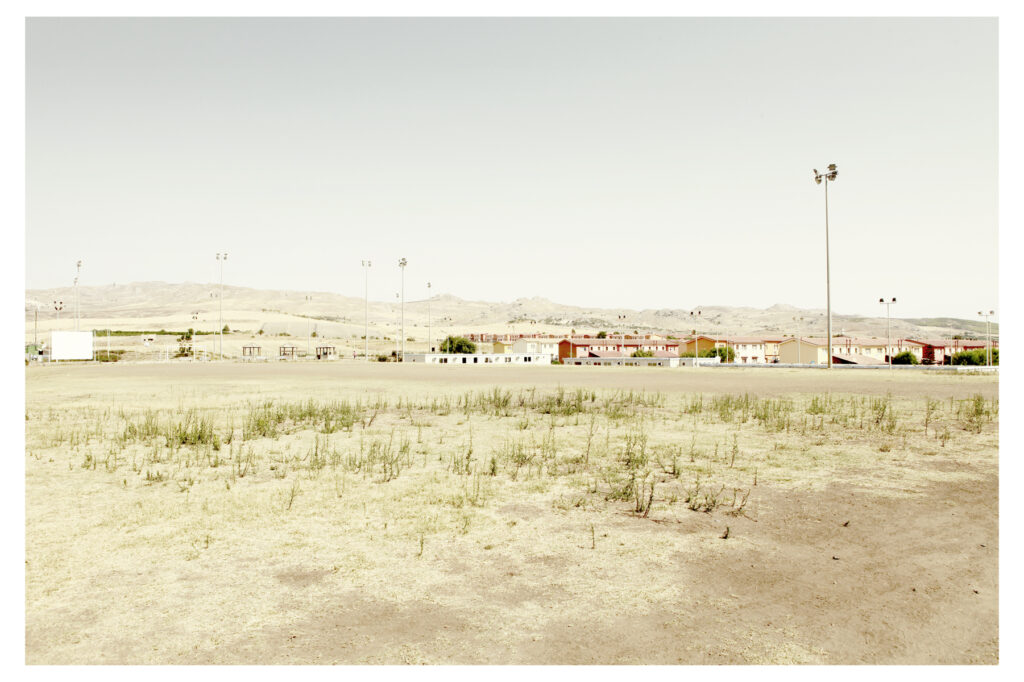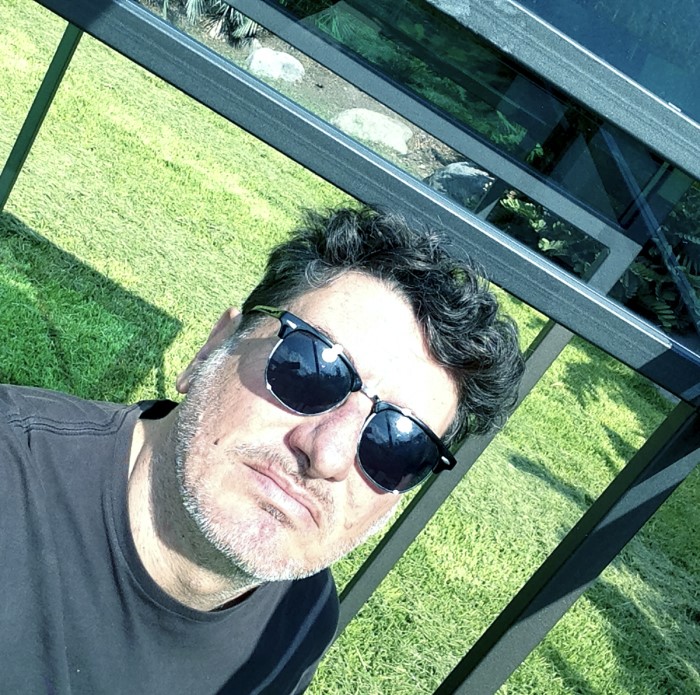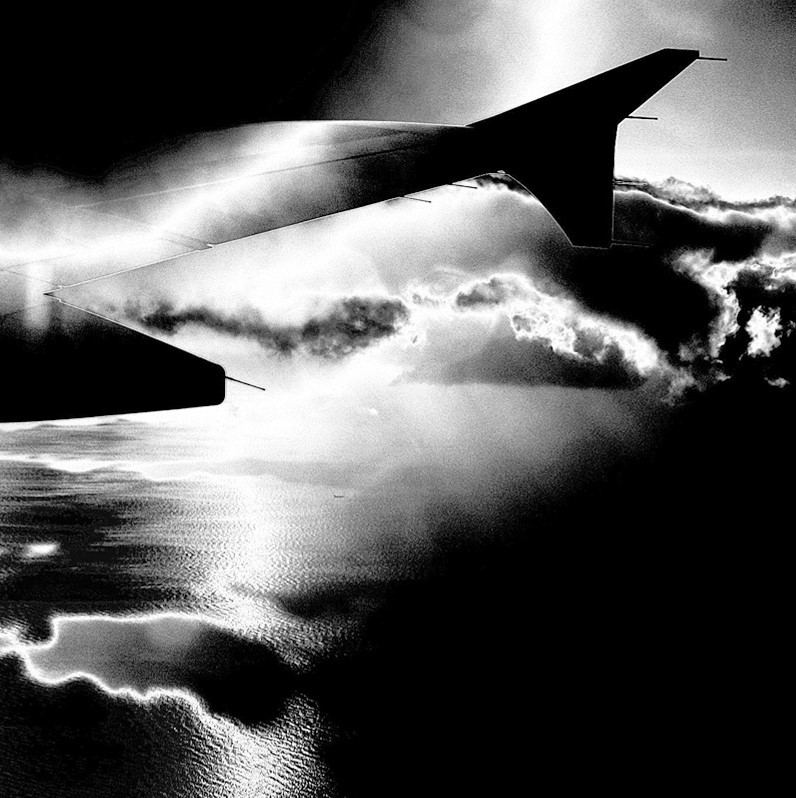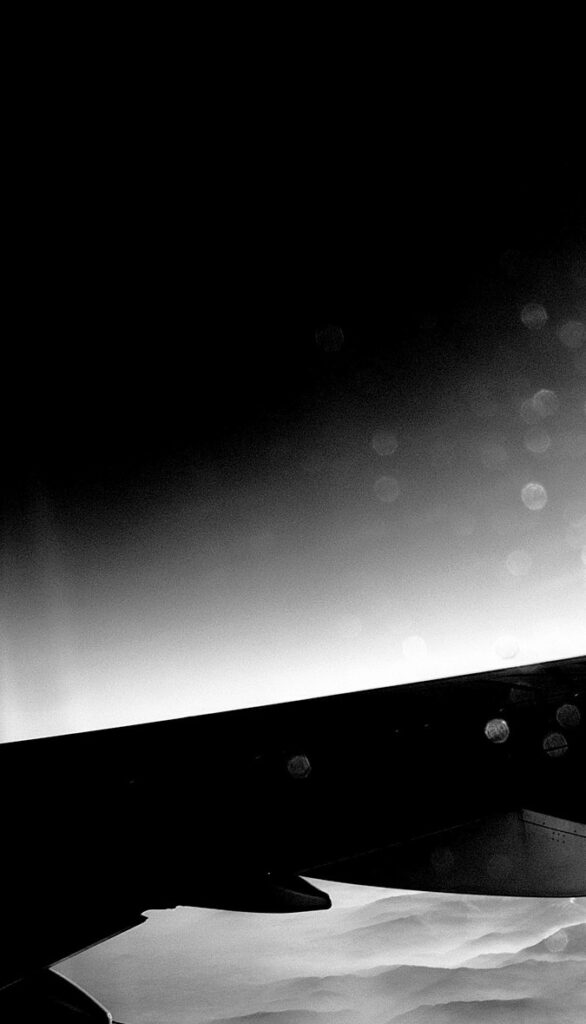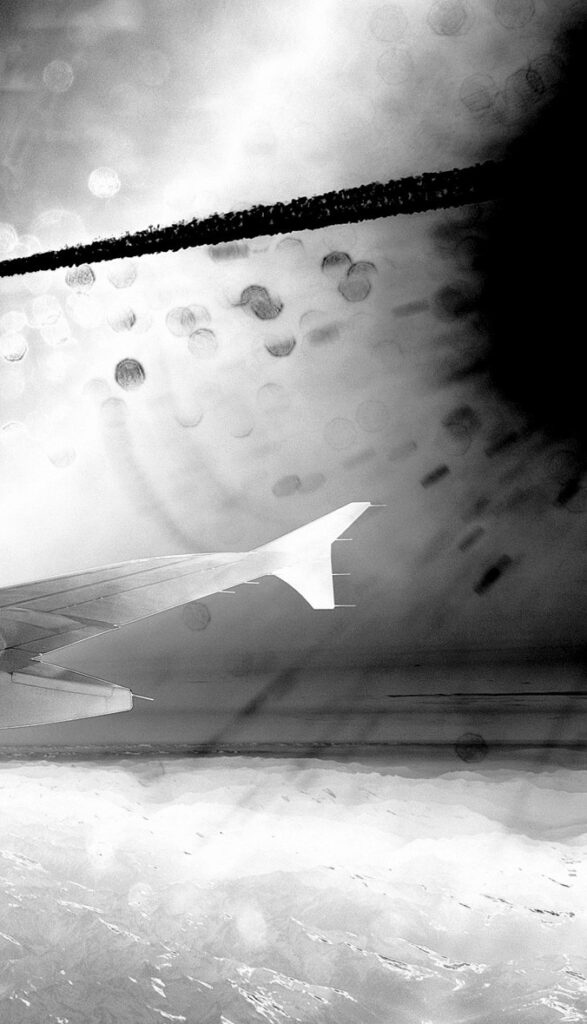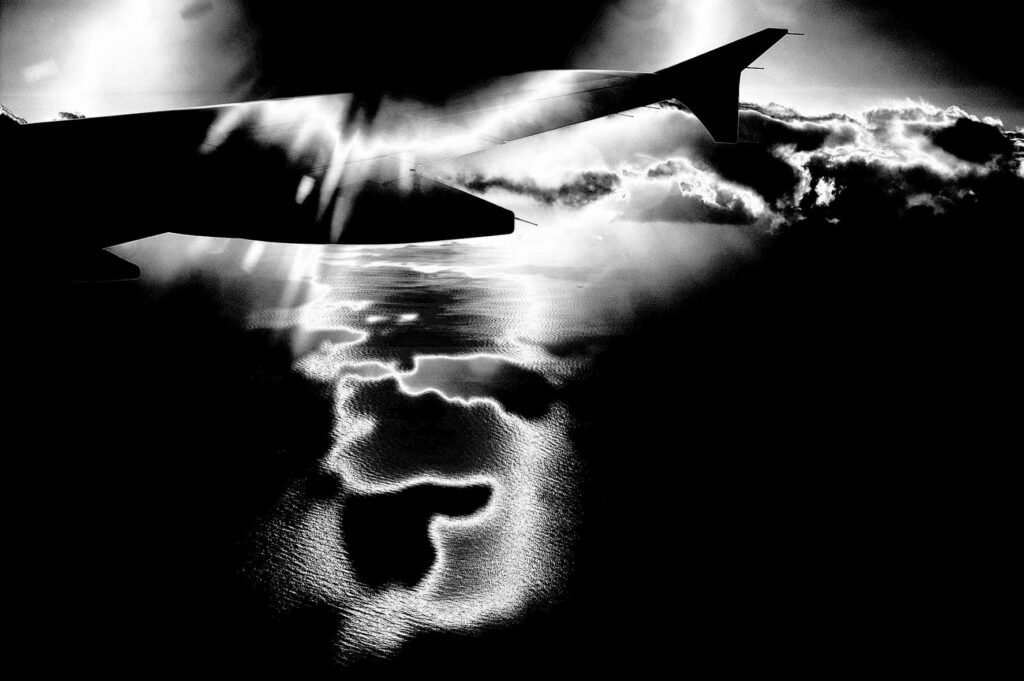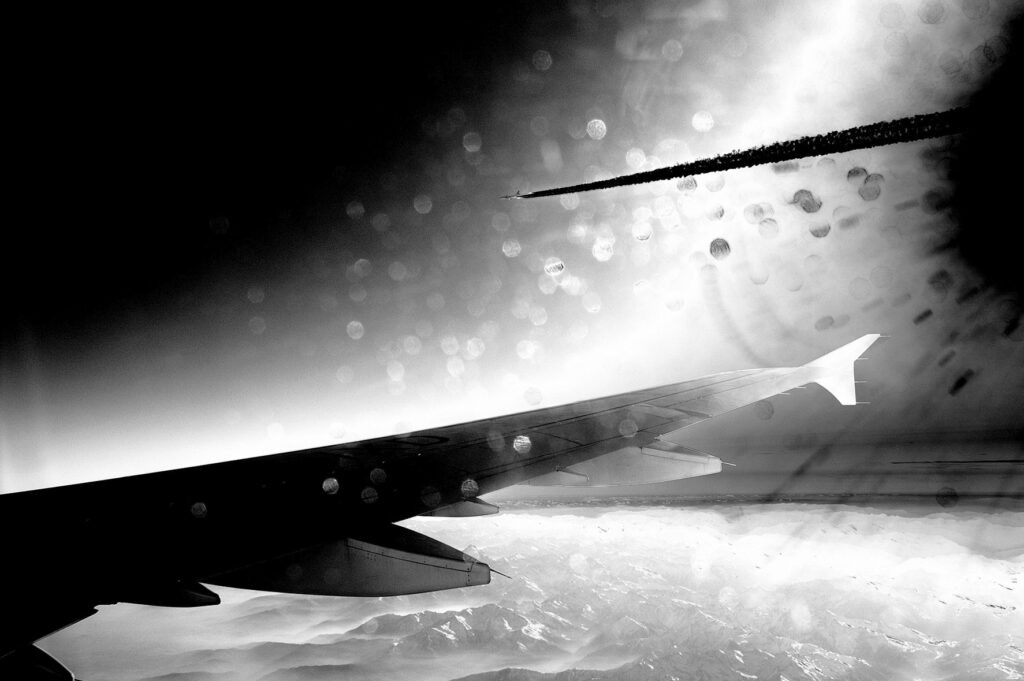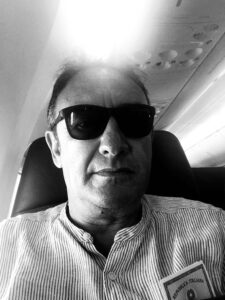Tre incontri tematici divulgativi per dare forma verbale a ciò che è l’intento della collaborazione tra le gallerie Lo Magno e Collica e lo spazio fotografico Gianni Mania: analizzare le potenzialità artistico-culturali di questa fetta di isola assumendosi il compito di raccontarle e movimentarne l’espansione.
 ᴠᴇɴᴇʀᴅÌ 04 ᴏᴛᴛᴏʙʀᴇ
ᴠᴇɴᴇʀᴅÌ 04 ᴏᴛᴛᴏʙʀᴇ
Il buono, il brutto, il cattivo: l’opera, la passione e il mercato.
 DOMENICA 20 OTTOBRE
DOMENICA 20 OTTOBRE
Oblò/Porthole 1990-2022. Sicilia, isola tra le isole. Egadi, Eolie, Pelagie. Presentazione del libro di Carmelo Nicosia.
 VENERDÌ 08 NOVEMBRE
VENERDÌ 08 NOVEMBRE
Societas Siciliae: un modello di cooperazione, promozione e valorizzazione degli artisti siciliani
Nell’ambito del progetto Societas Siciliae, venerdì 8 novembre alle ore 19.00 si terrà presso la Chiesa Santa Maria della Consolazione in Via Dolomiti a Scicli, il terzo incontro di Qui Sud Talk incentrato sulla valorizzazione e promozione dell’arte contemporanea in Sicilia.
Societas Siciliae è un progetto che coinvolge un gruppo costituito di diverse figure di artisti, galleristi, collezionisti, curatori, associazioni, fondazioni e musei siciliani. Una costellazione che a vario titolo contribuisce alla produzione artistica contemporanea in Sicilia e partecipa nel definire le strategie utili a inserire la Sicilia, in tutte le sue componenti e ruoli, nel panorama artistico contemporaneo internazionale.
Organizzato dalle gallerie Lo Magno artecontemporanea di Modica e Collica & Partners di Catania, in occasione della mostra in corso QUI SUD EST 1st edition in collaborazione con lo spazio fotografico Gianni Mania, l’incontro vede come relatori
– il Dott. Ornella Laneri, presidente della Fondazione OELLE di Catania
– il Prof. Patrizia Monterosso, manager culturale di Palermo
– l’imprenditore e collezionista Cecilia Zanasi titolare della agenzia di comunicazione Zed_Comm di Verona
Introduce l’incontro Giuseppe Lo Magno titolare dell’omonima galleria, modera Gianluca Collica Direttore della Fondazione Brodbeck di Catania, partecipano gli artisti Emanuele Giuffrida e Sasha Vinci.
Si ringraziano per la collaborazione:
La Diocesi di Noto e il Sacerdote Antonio Garofalo; le Associazioni Culturali Site Specific e Triskele di Scicli; lo studio fotografico Gianni Mania.
Sponsor: Ghibli solutions



